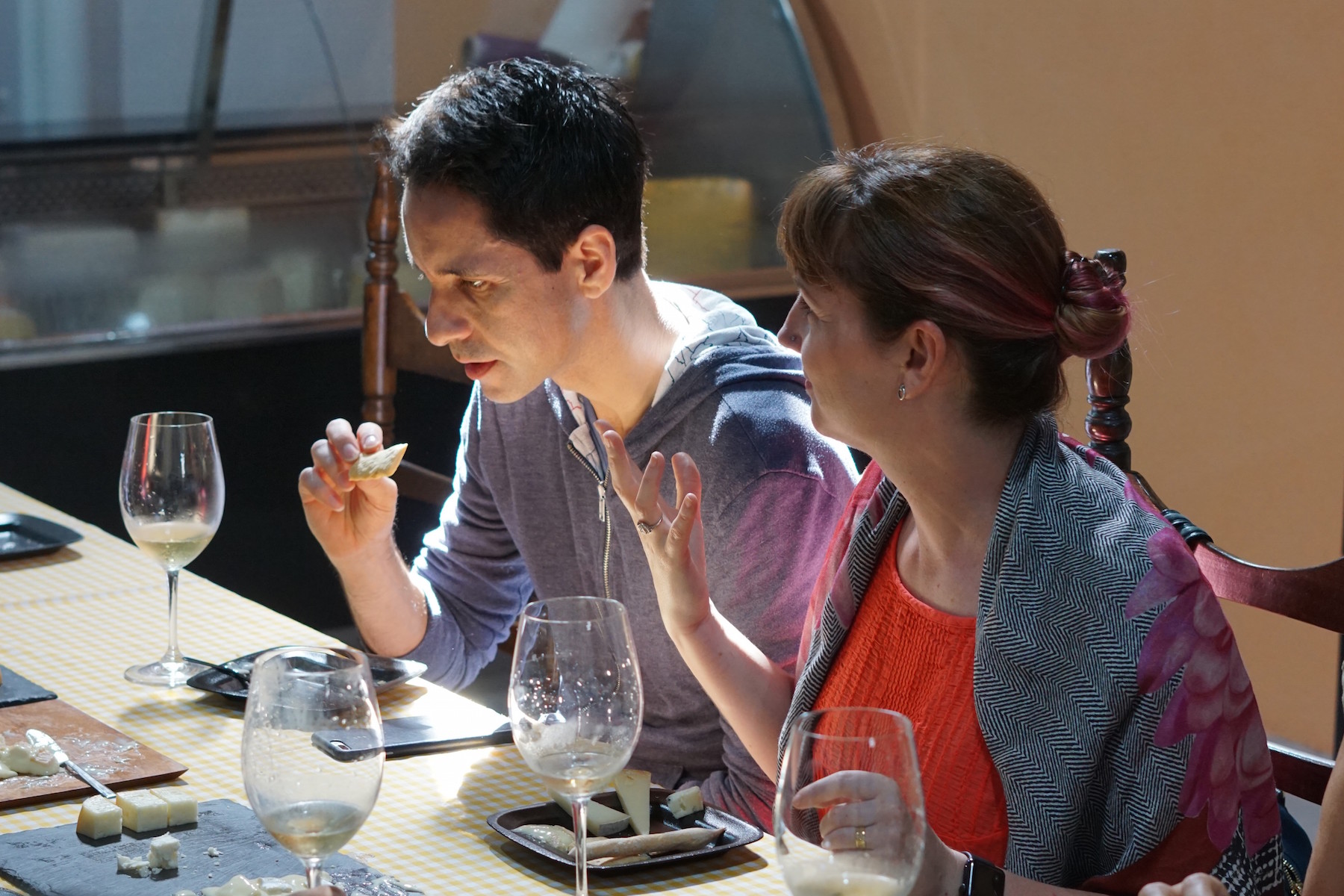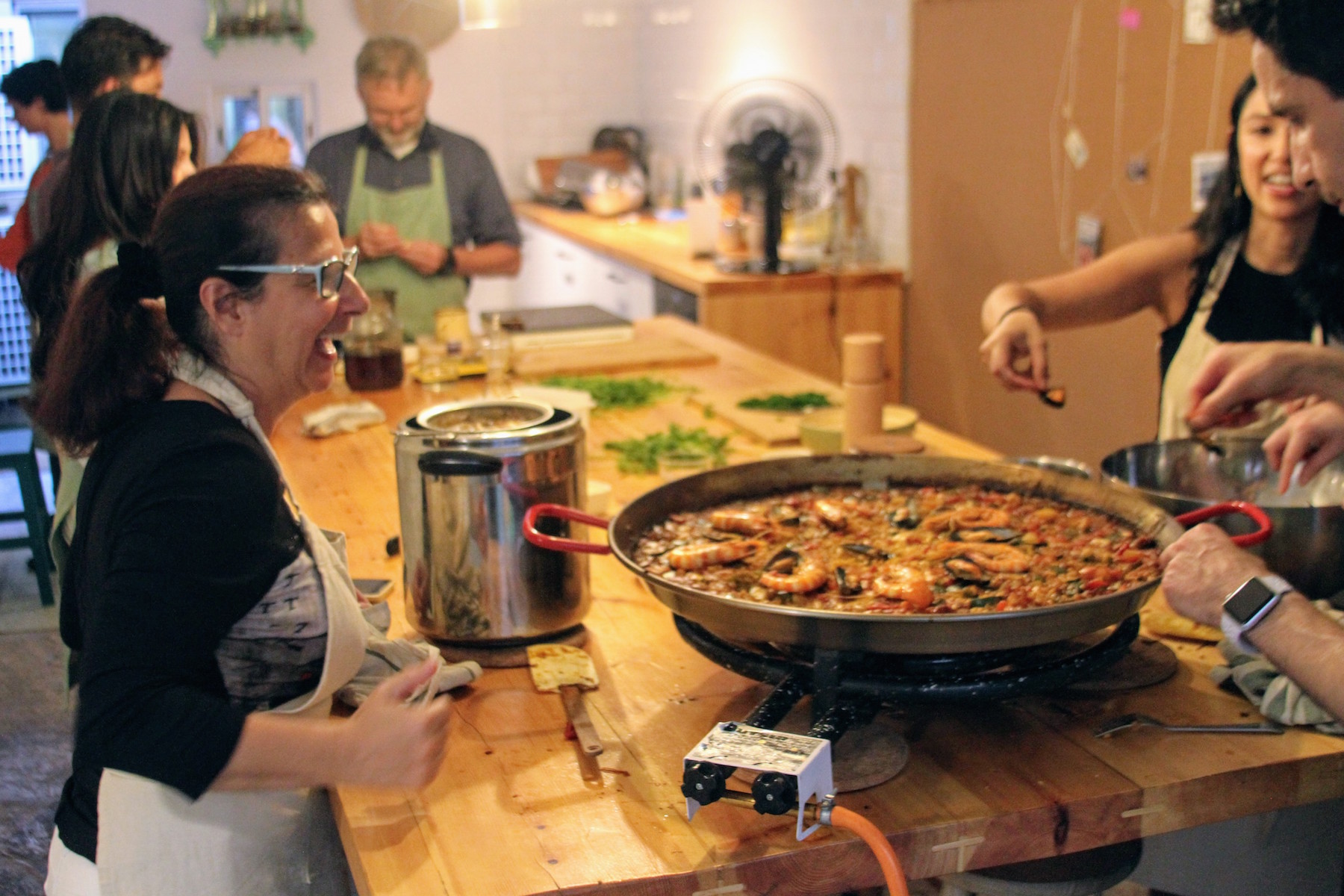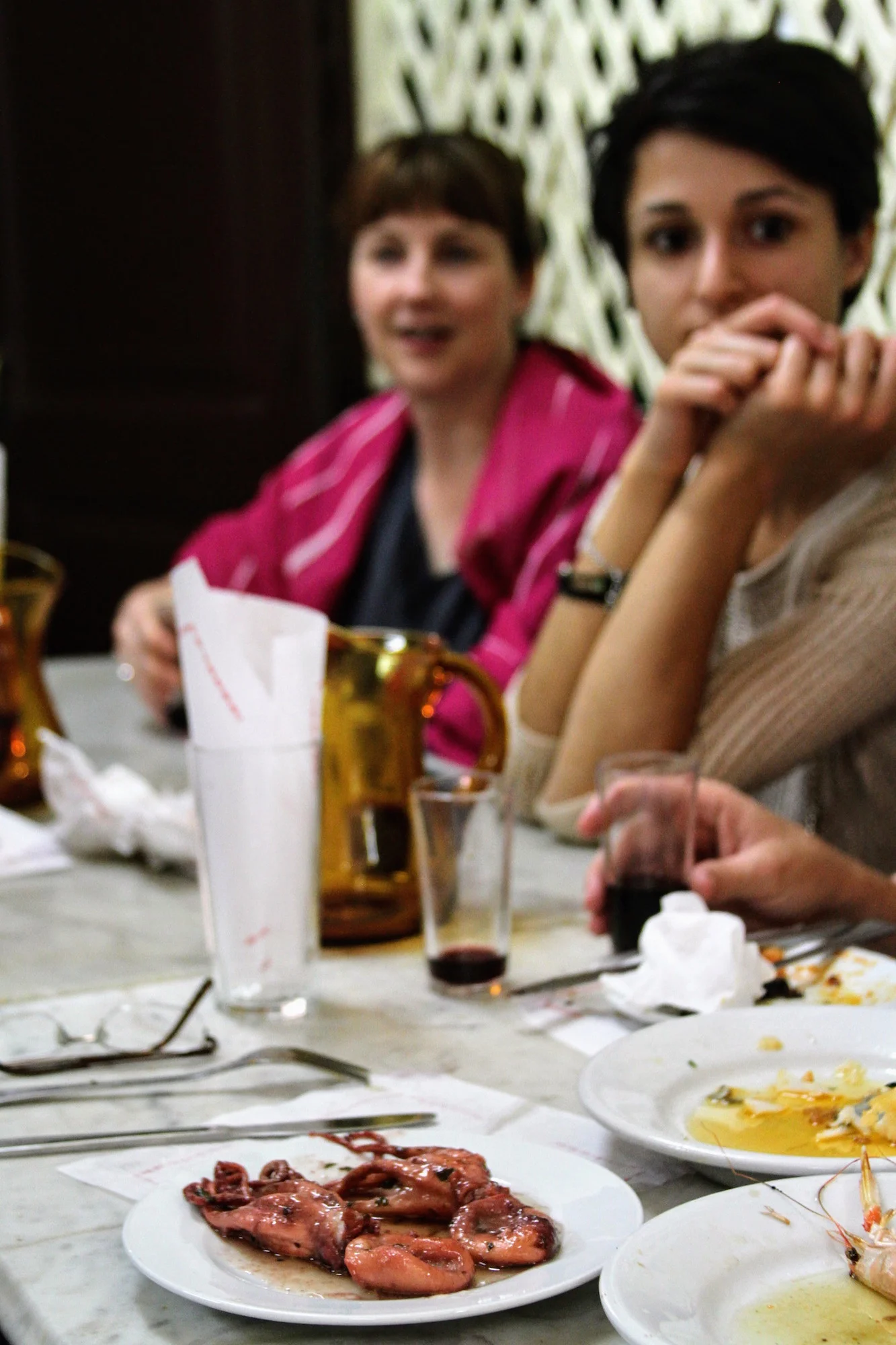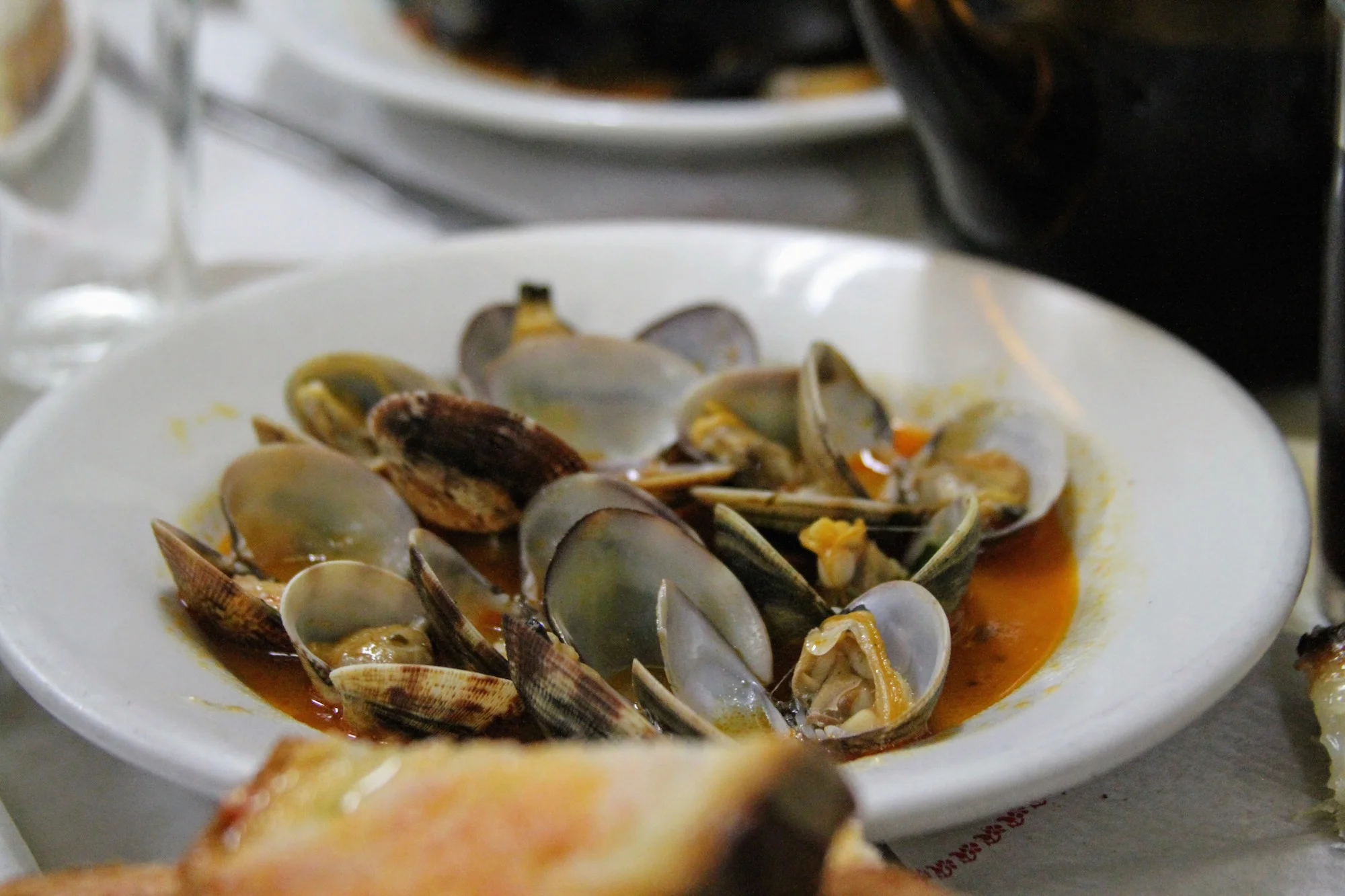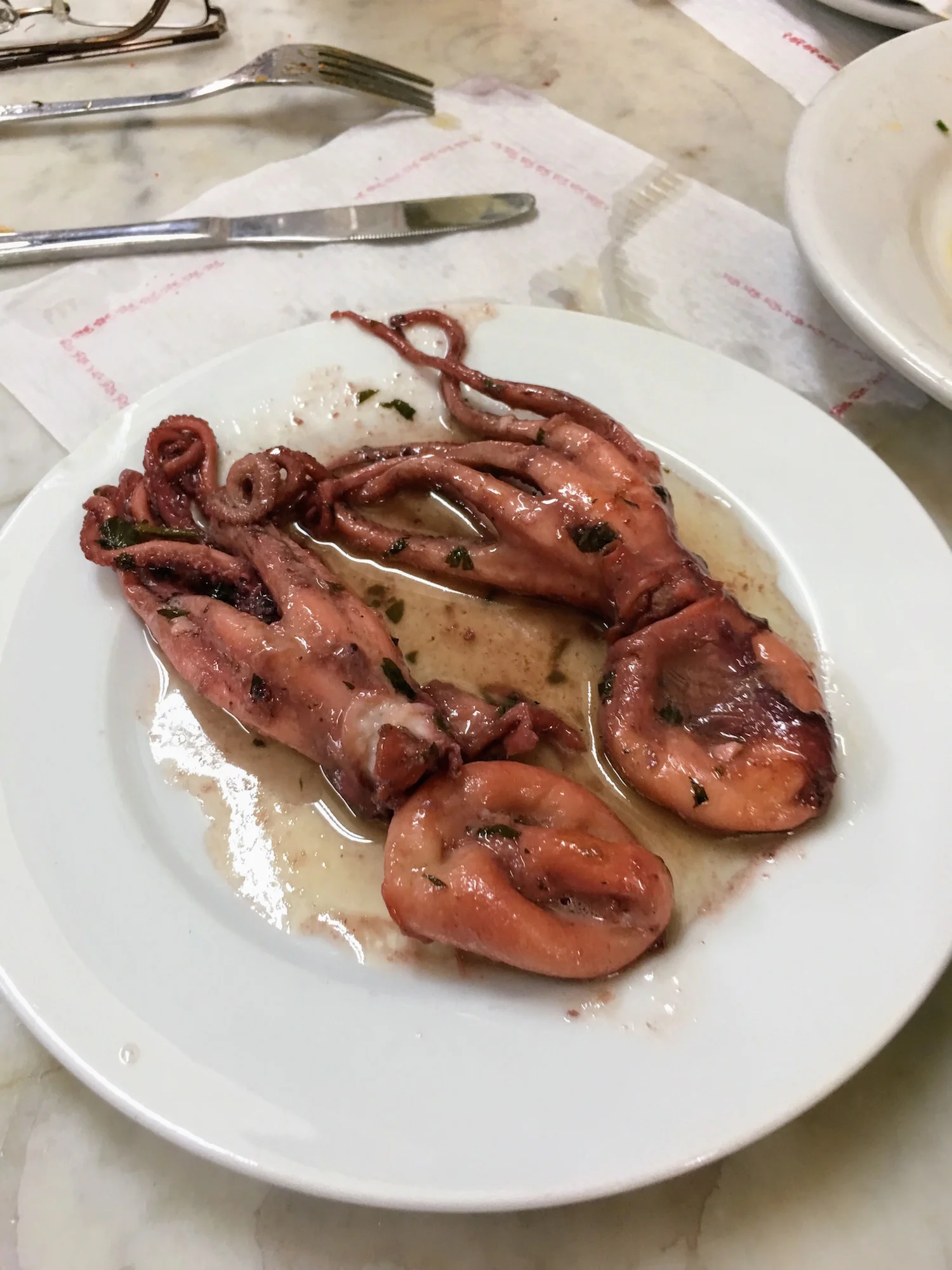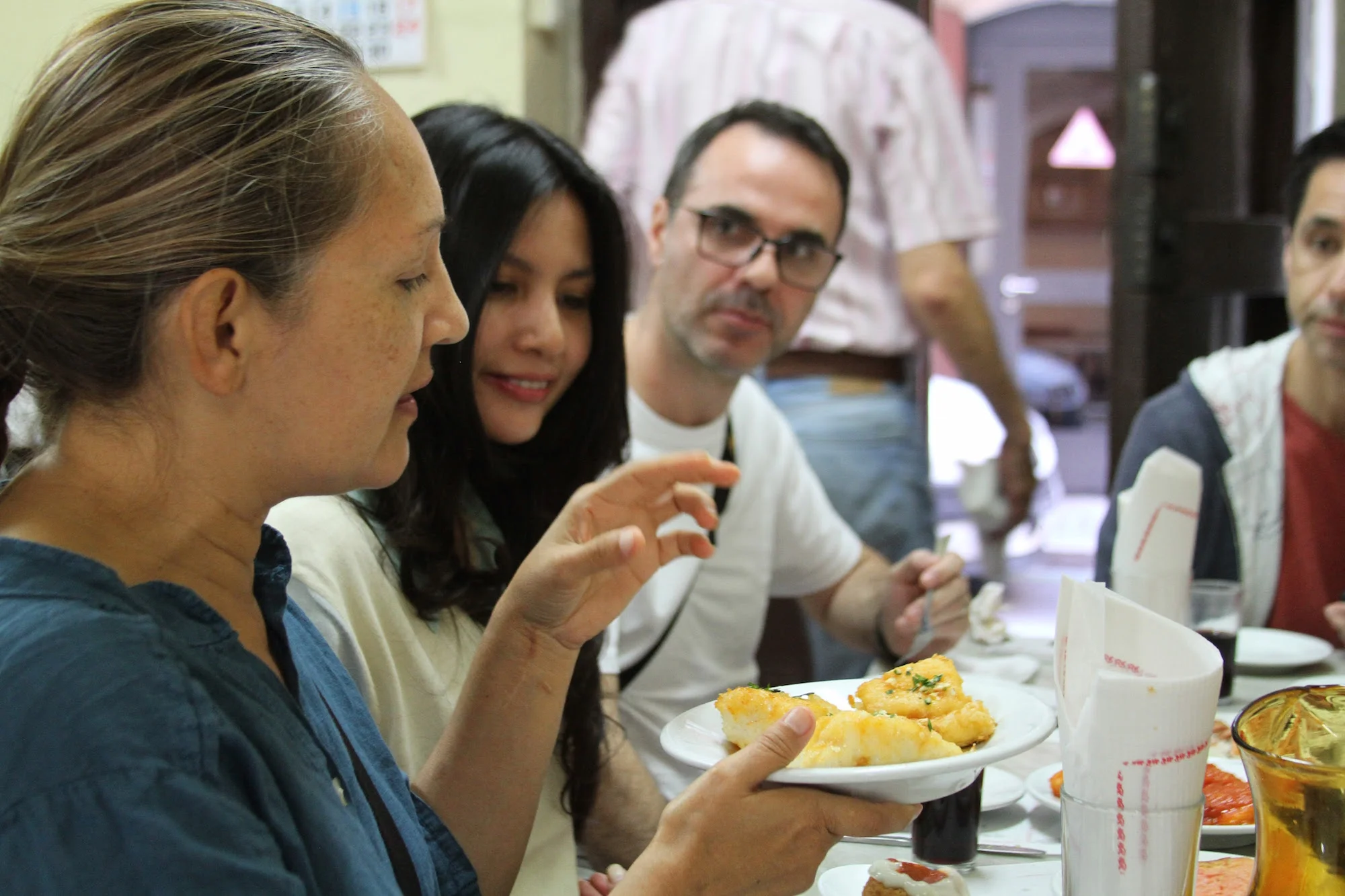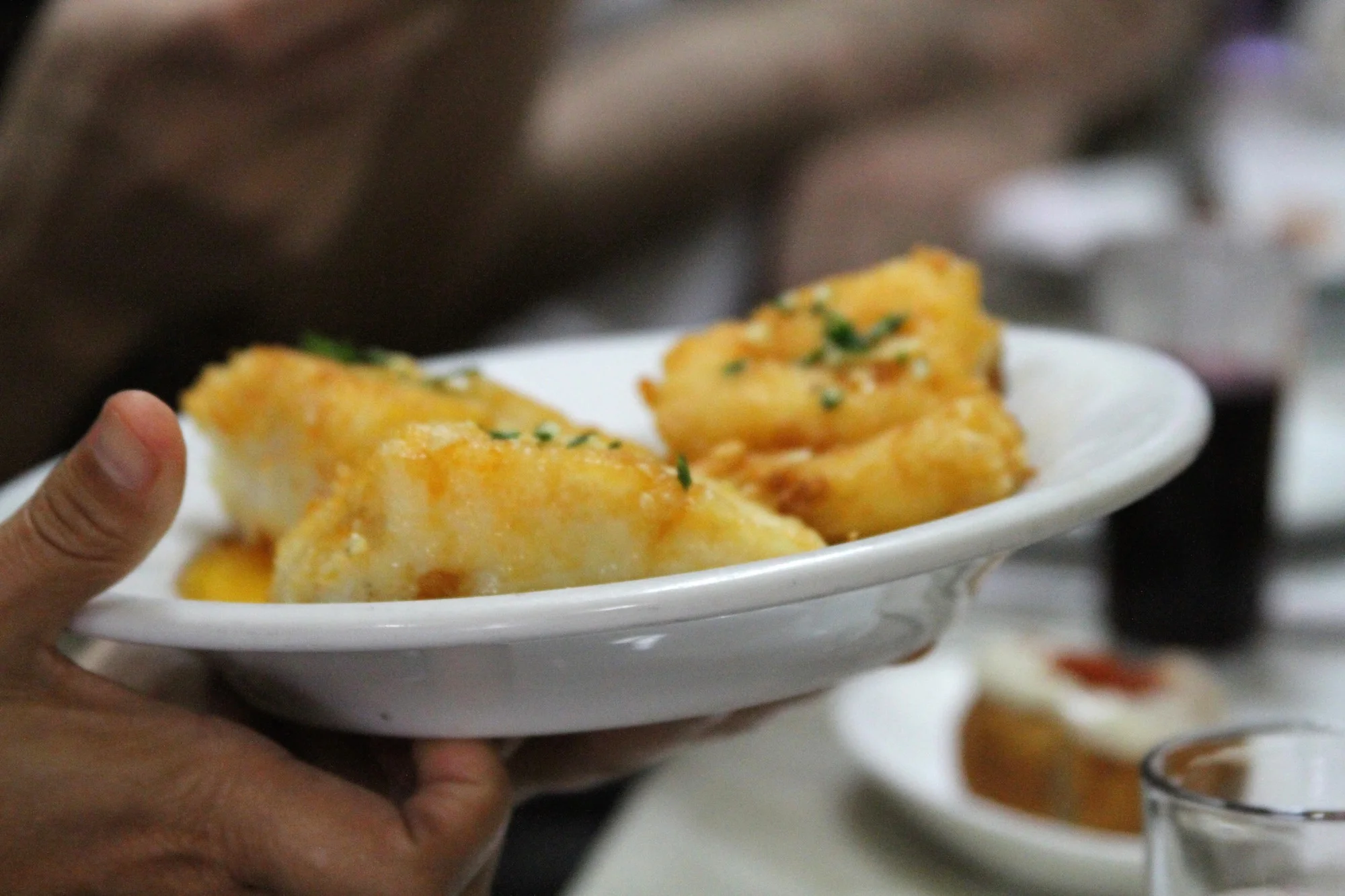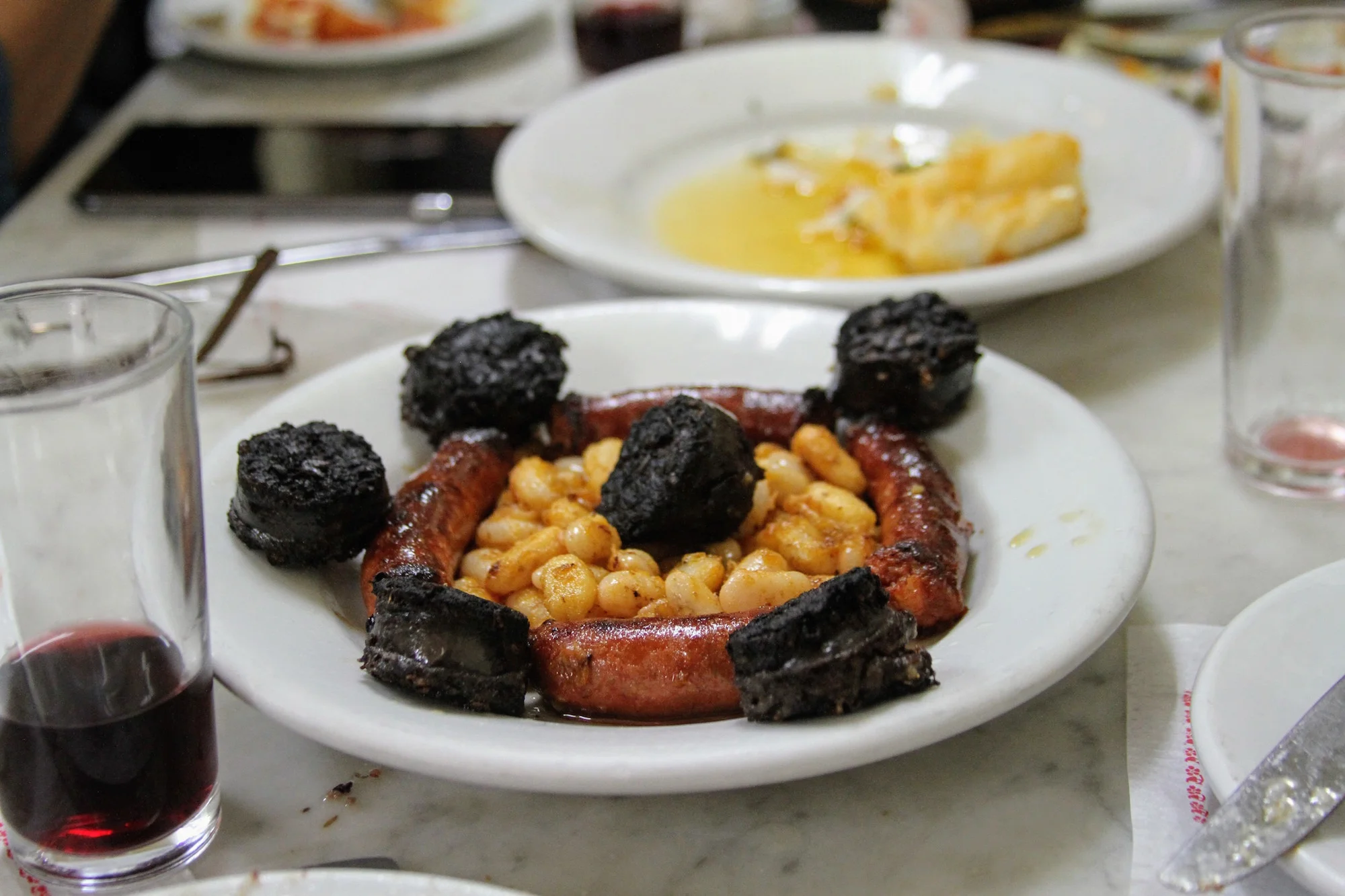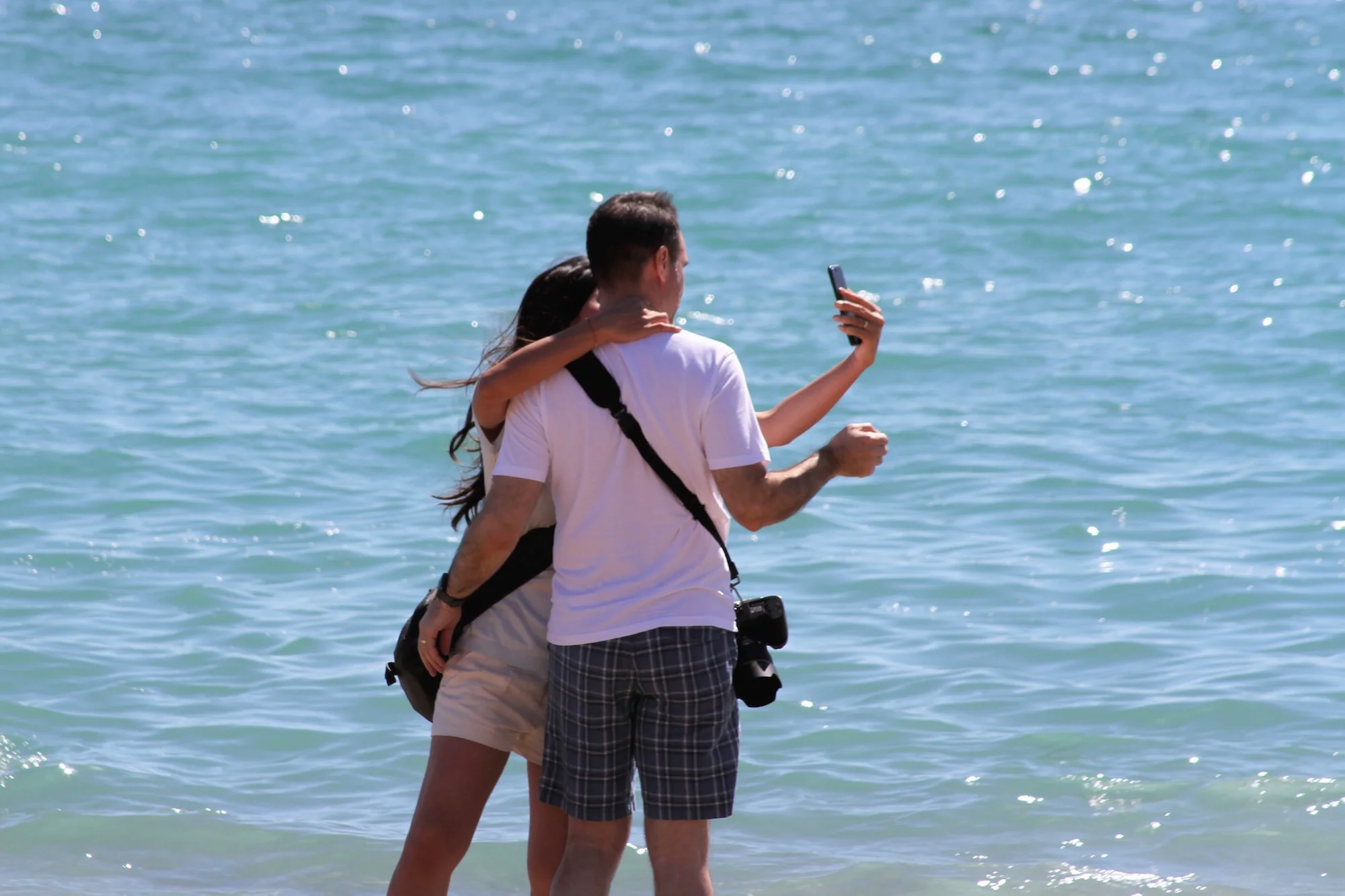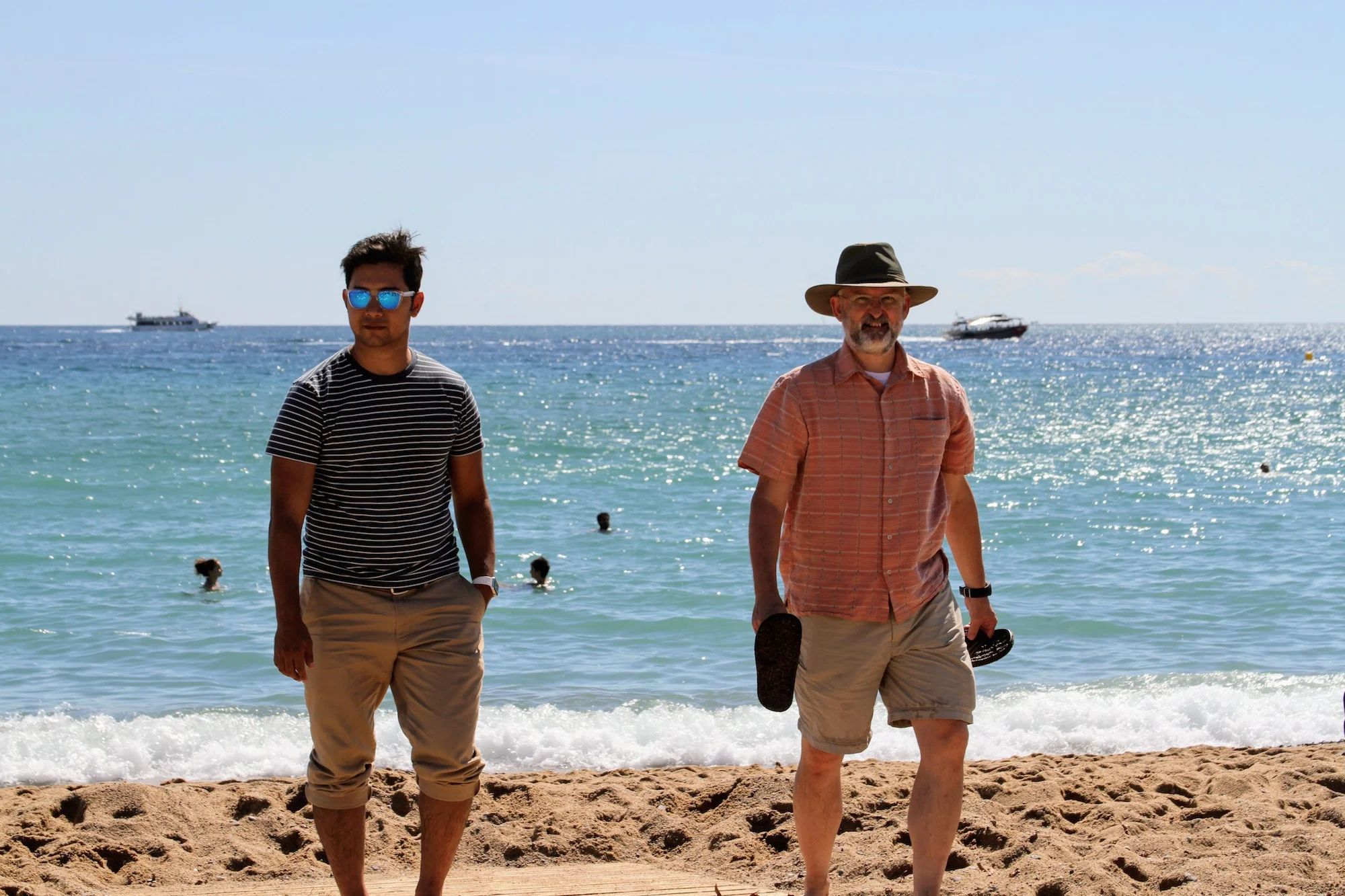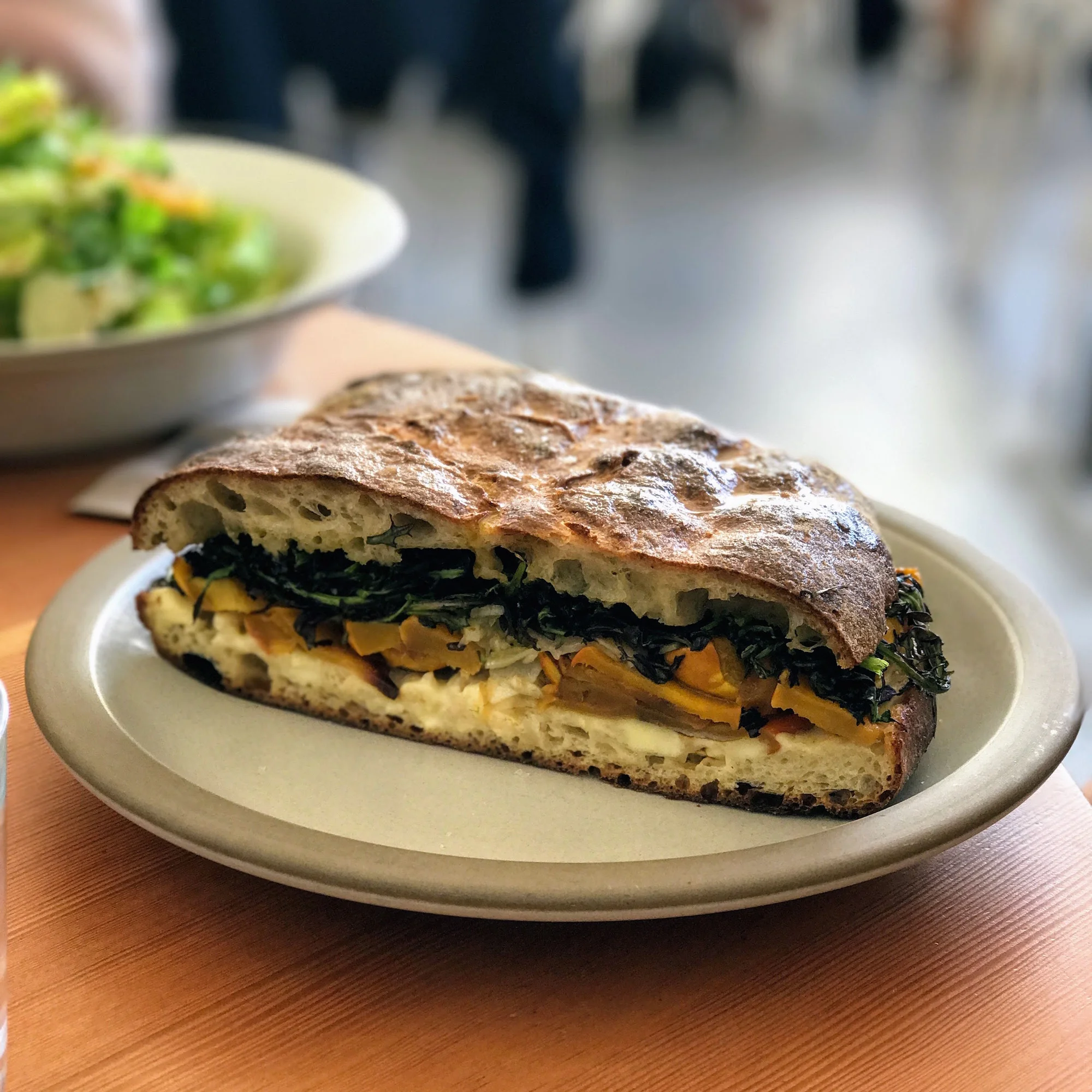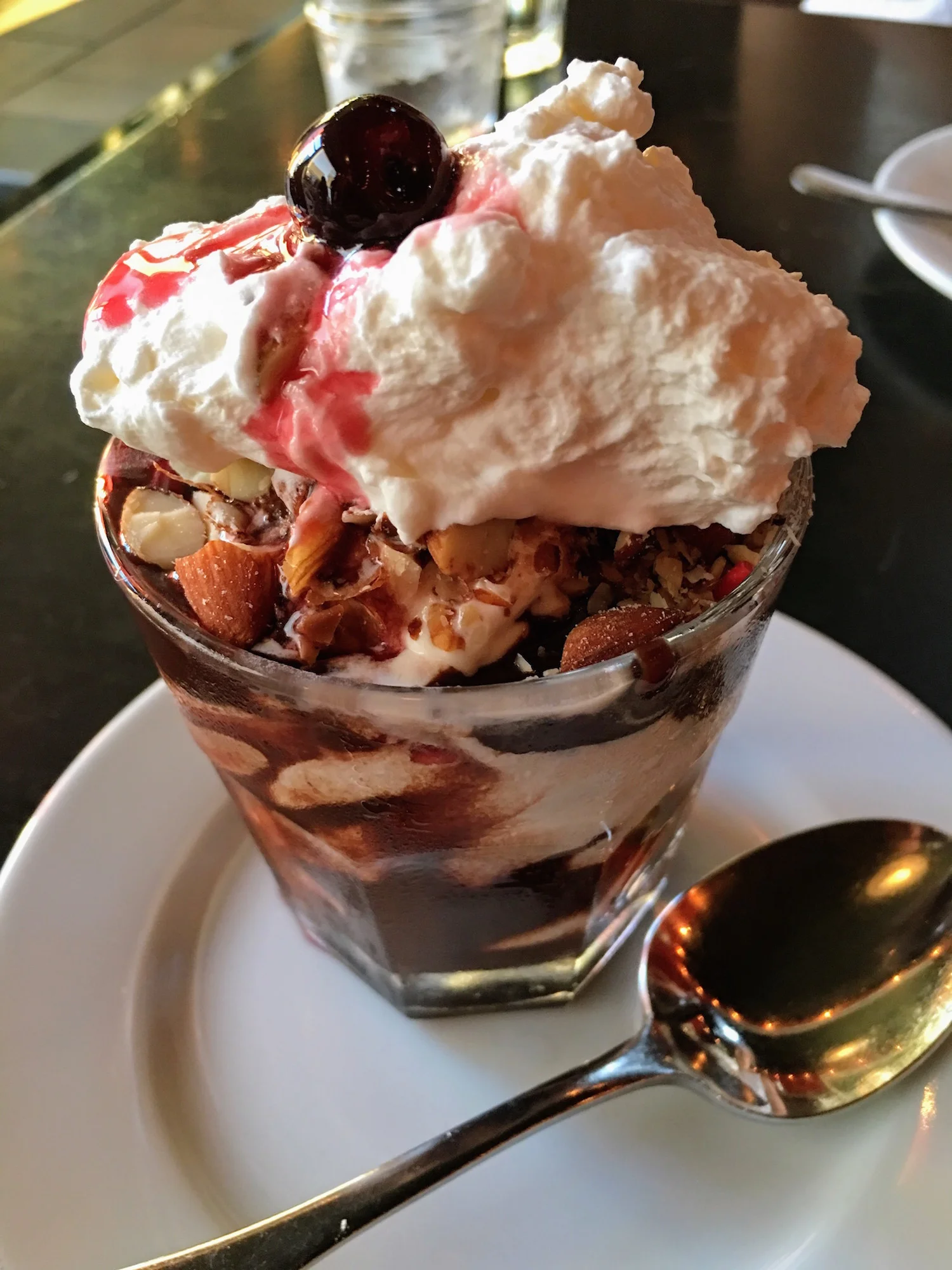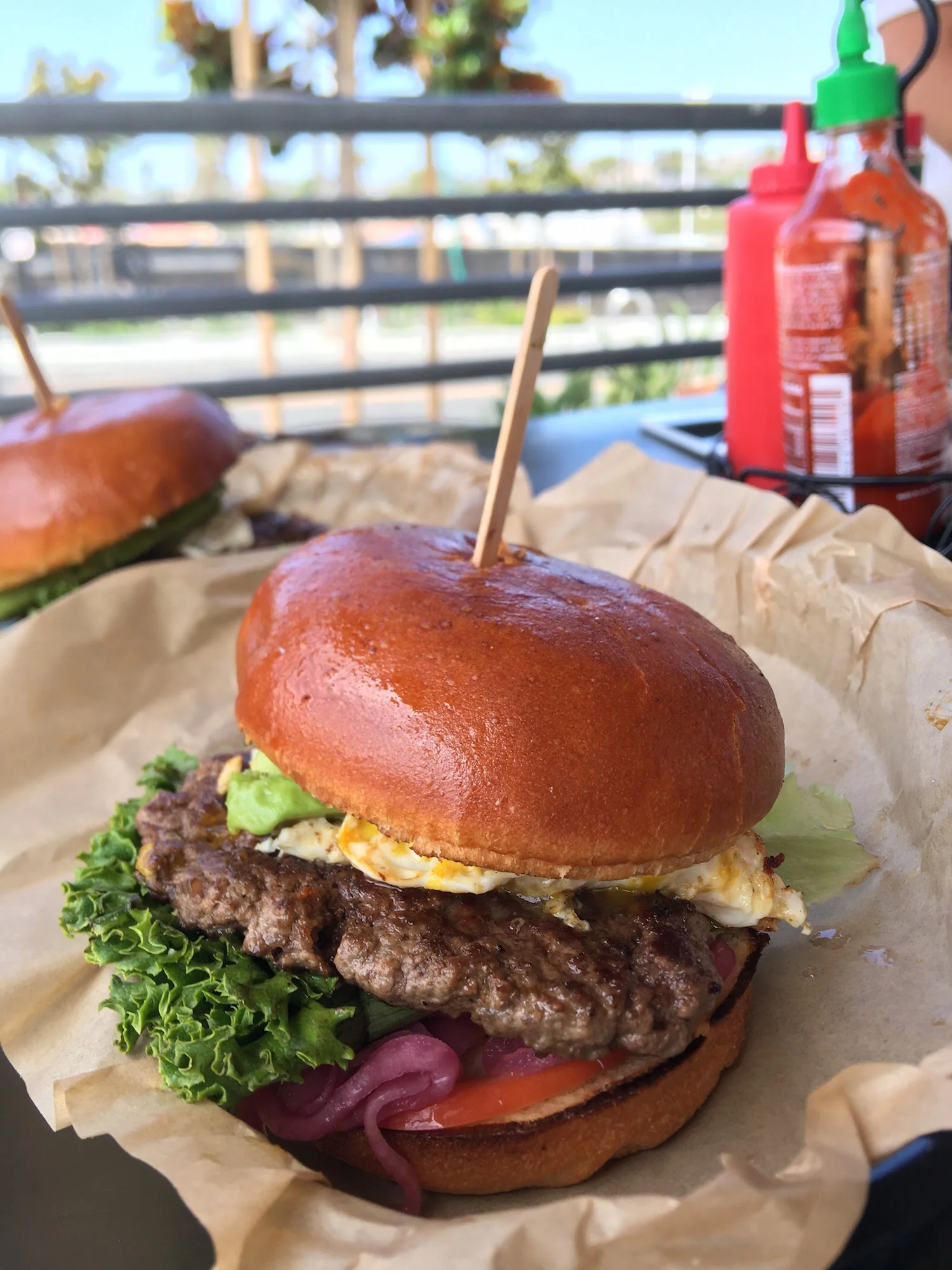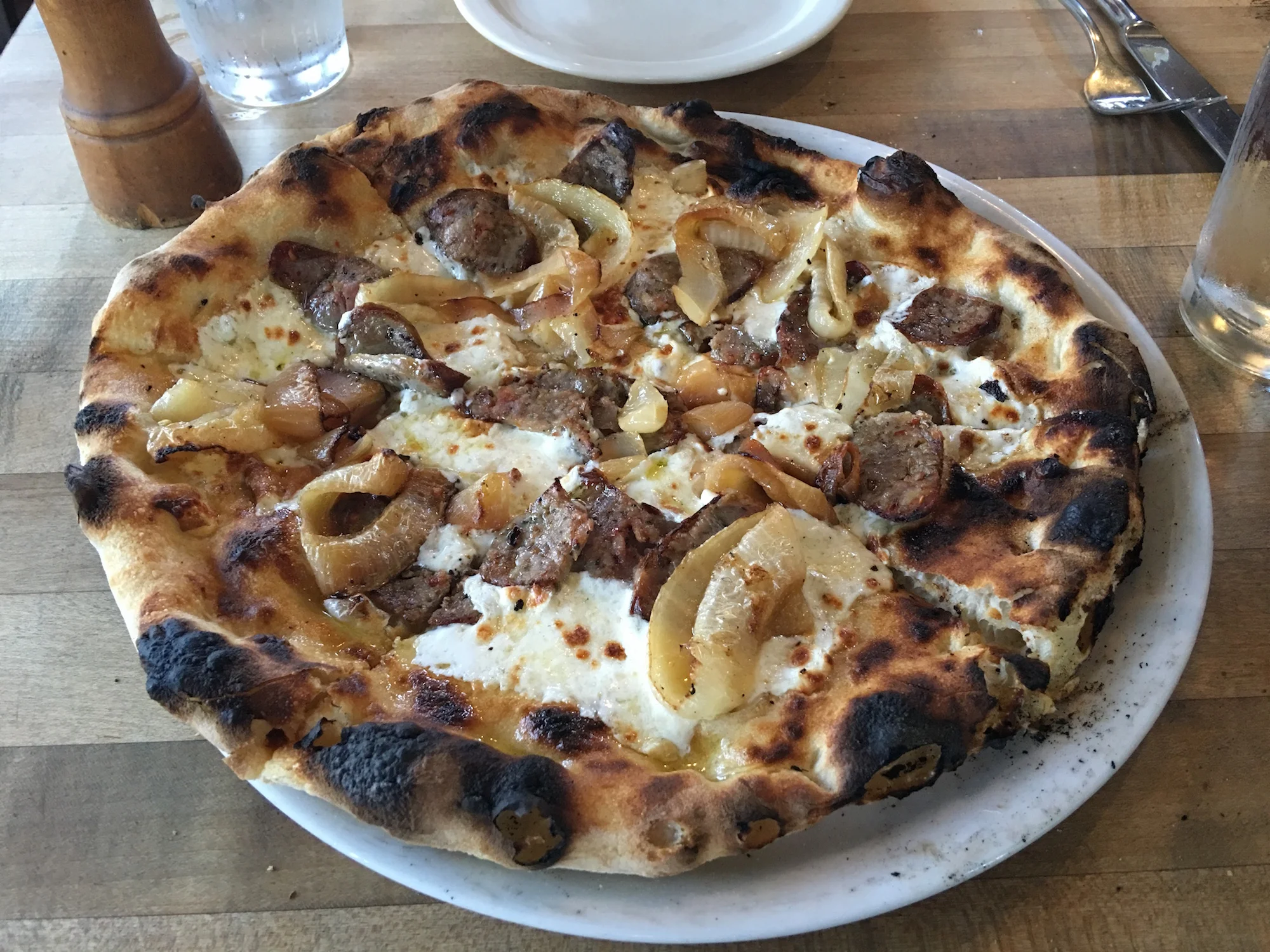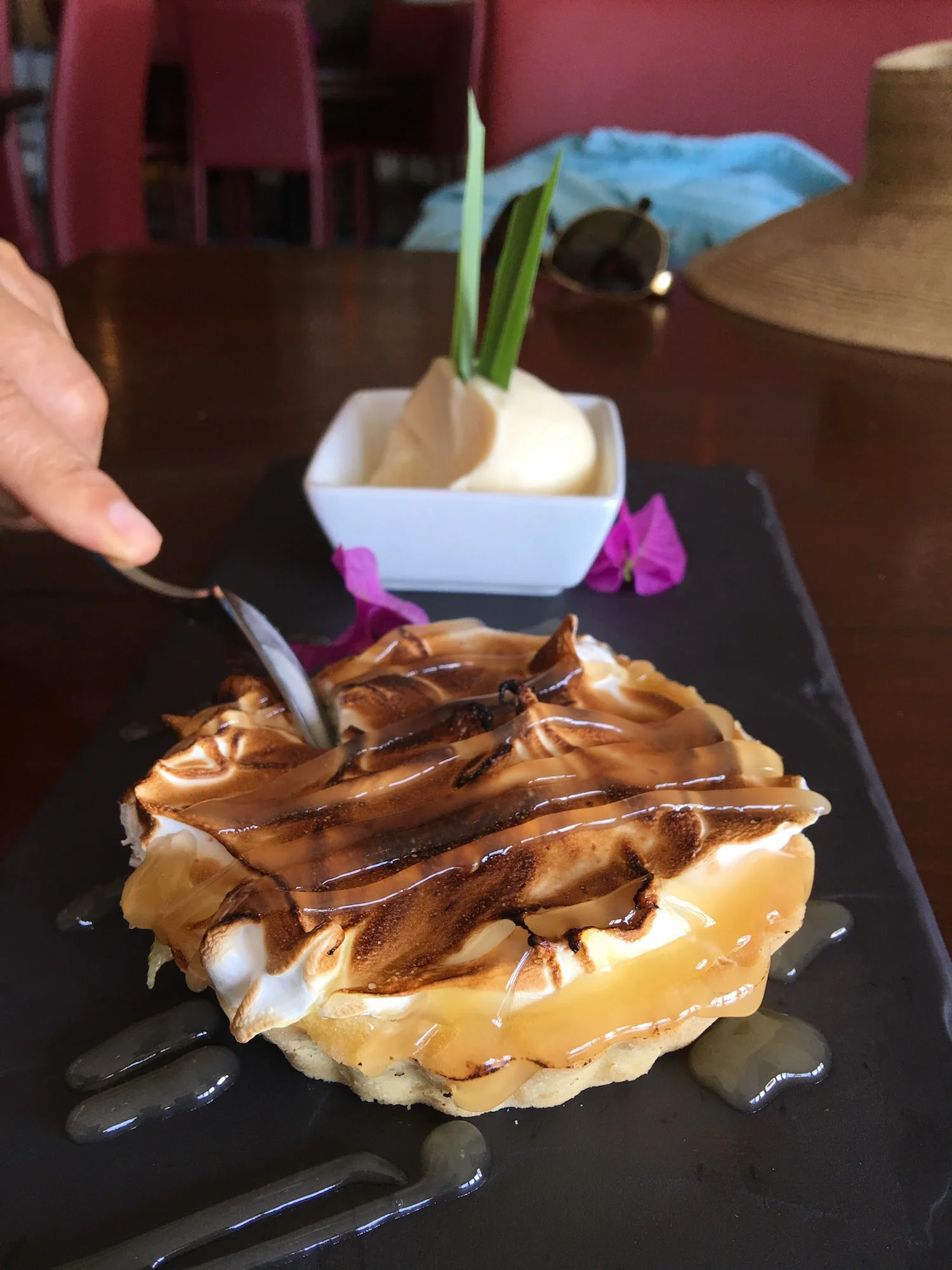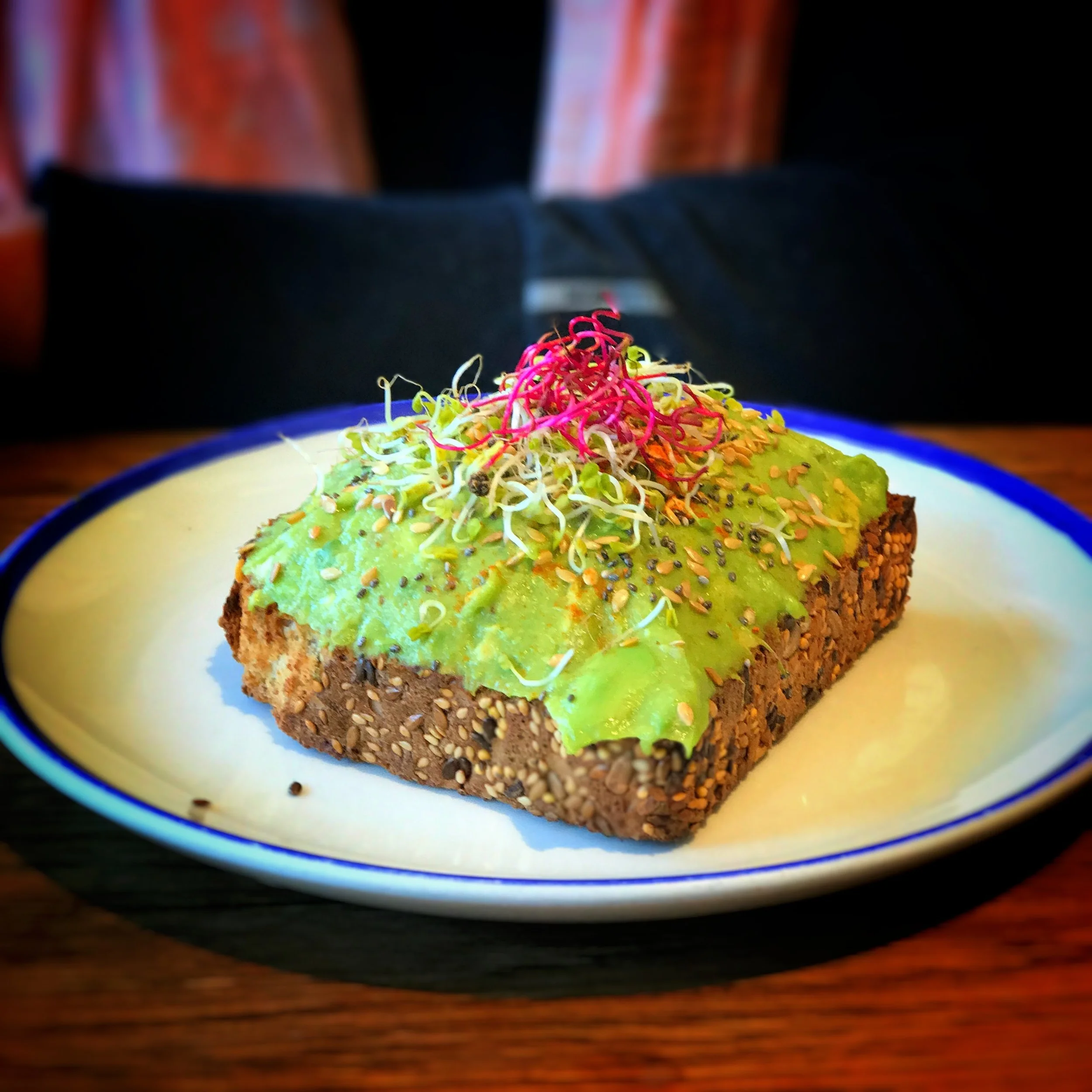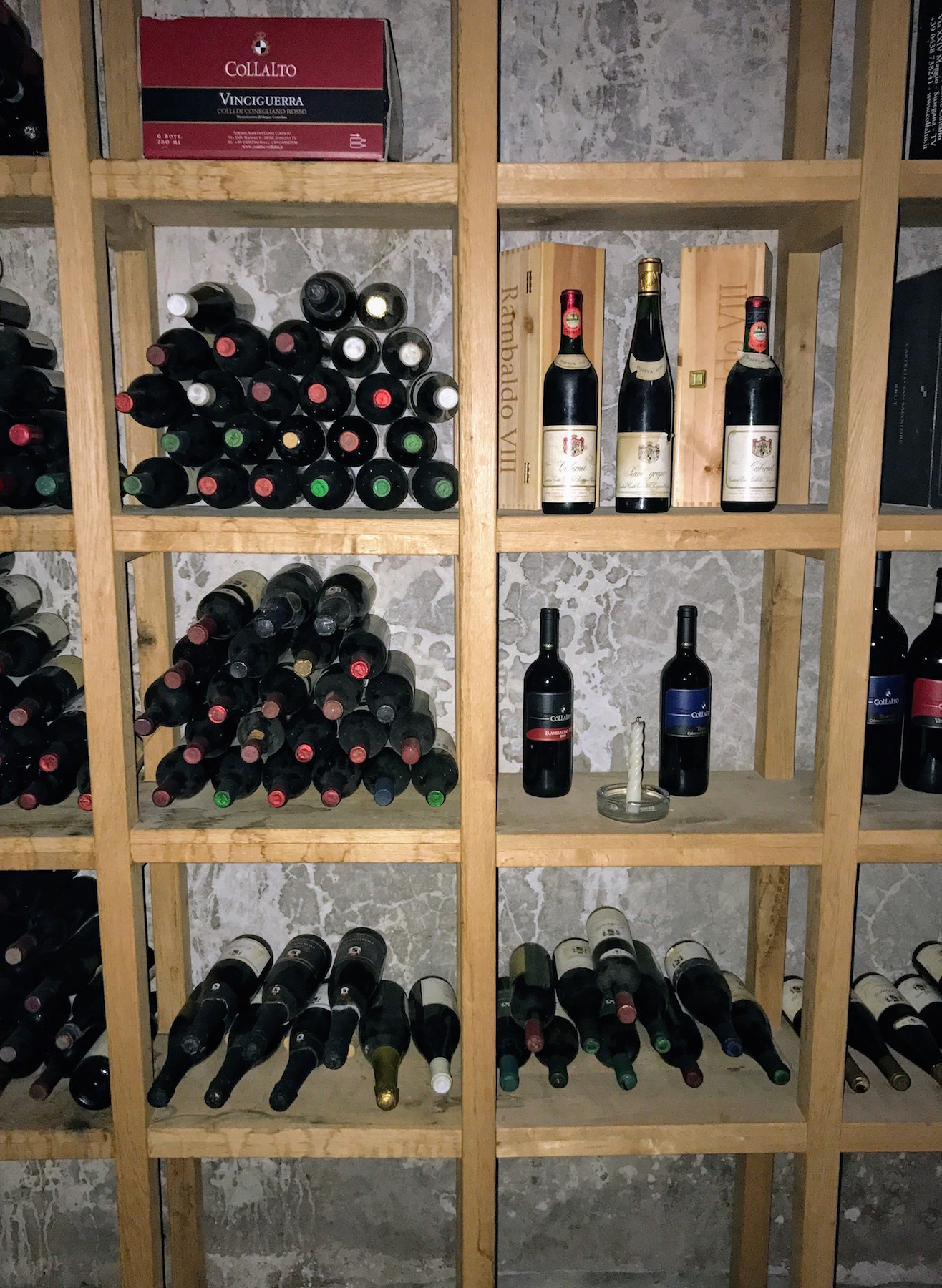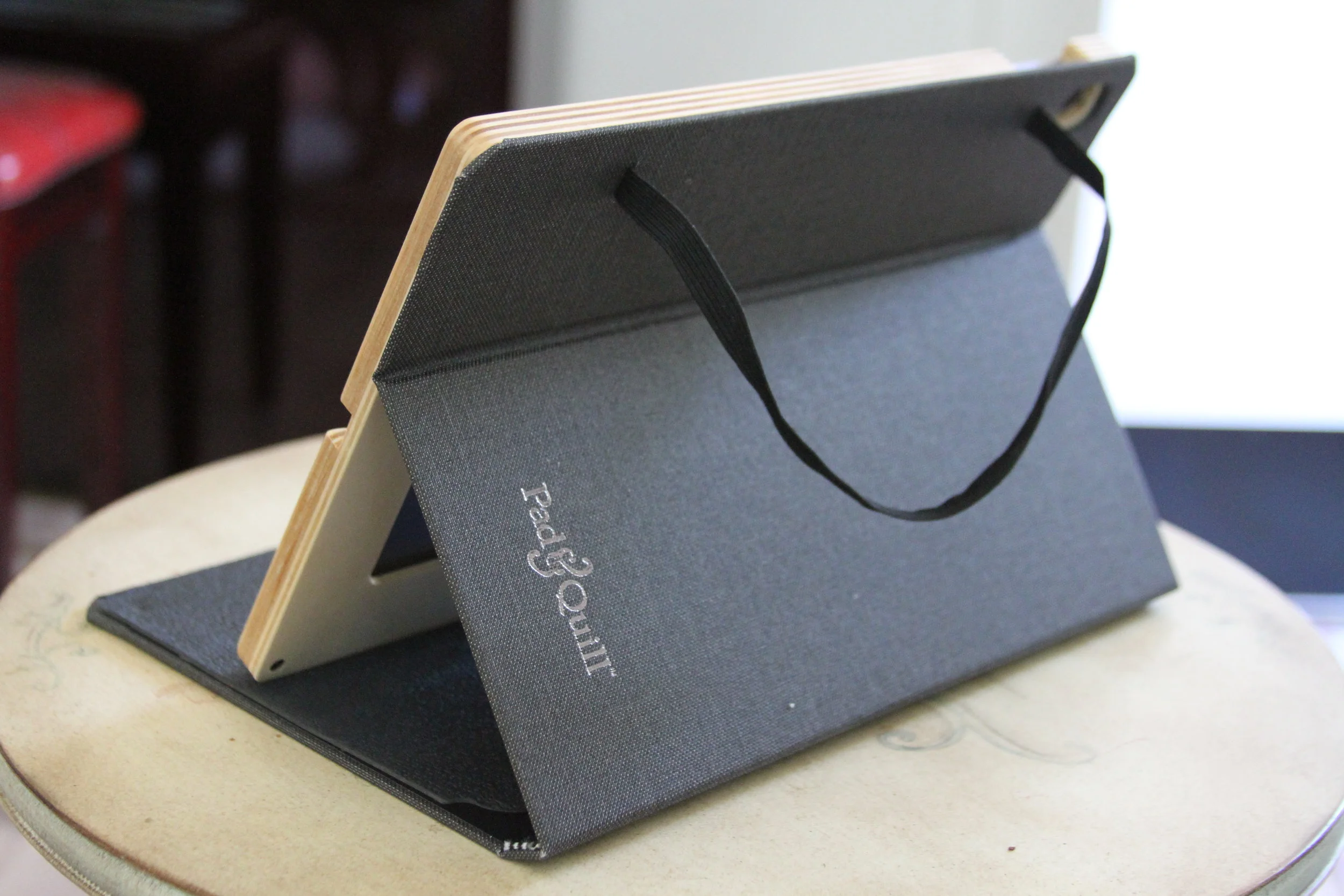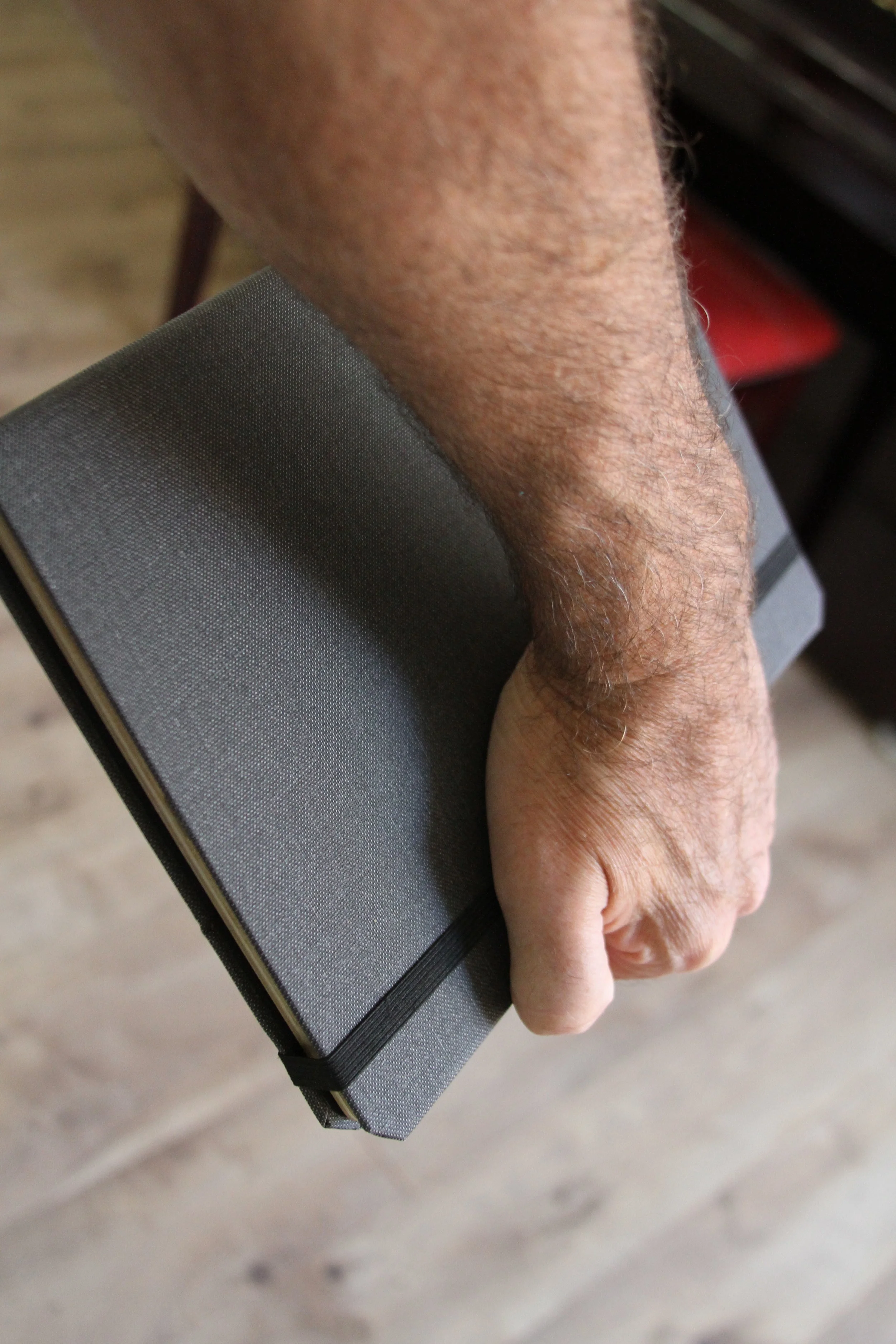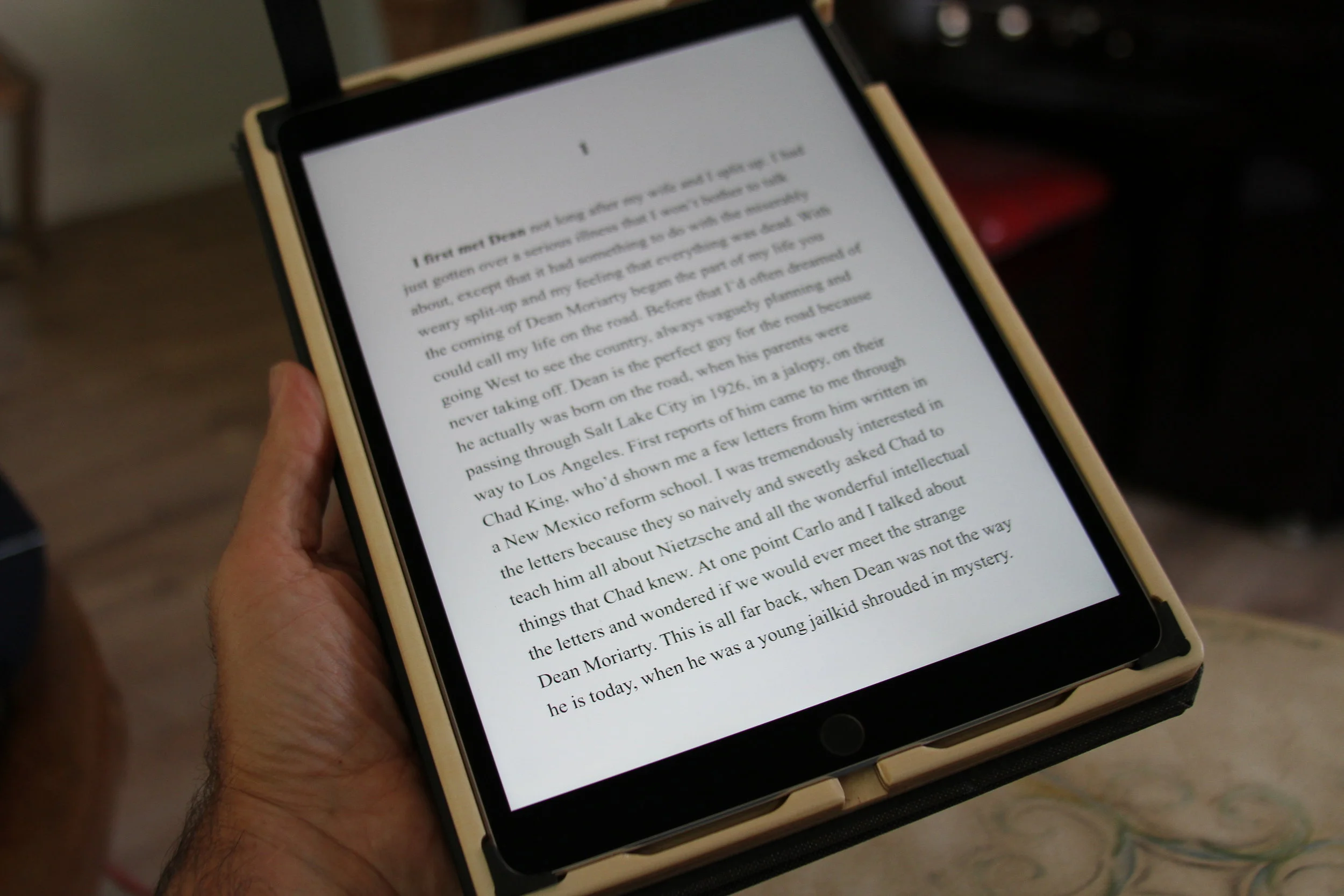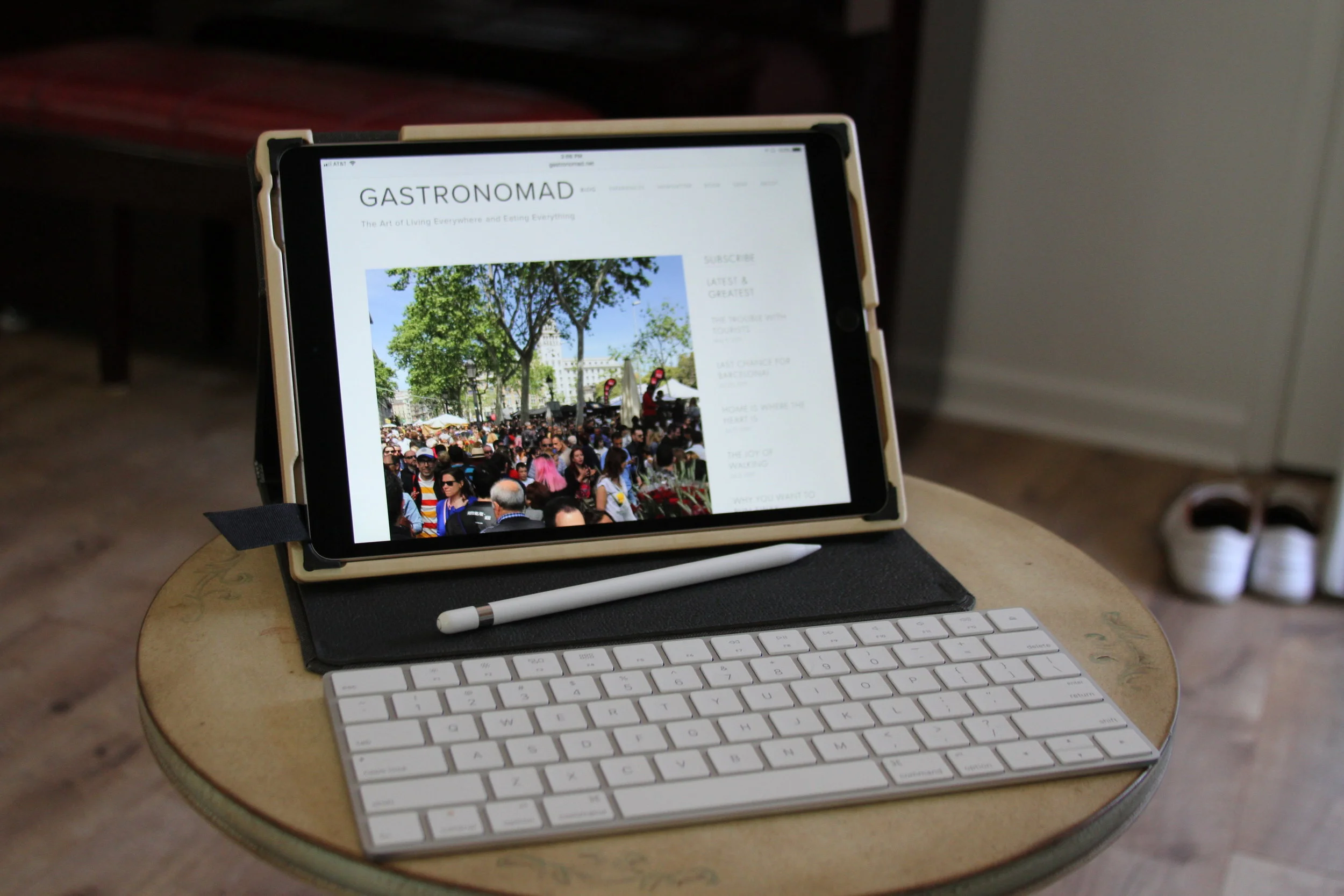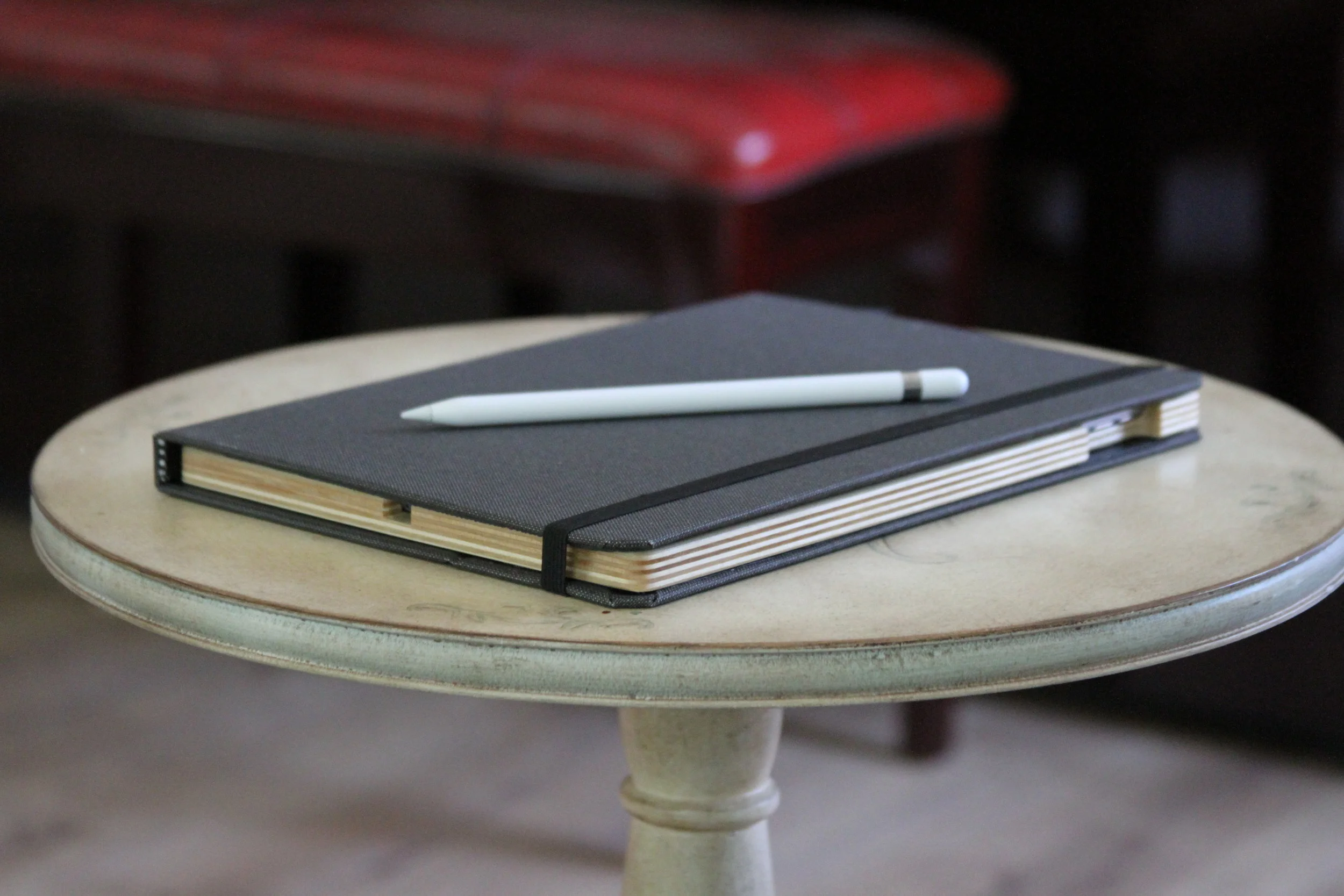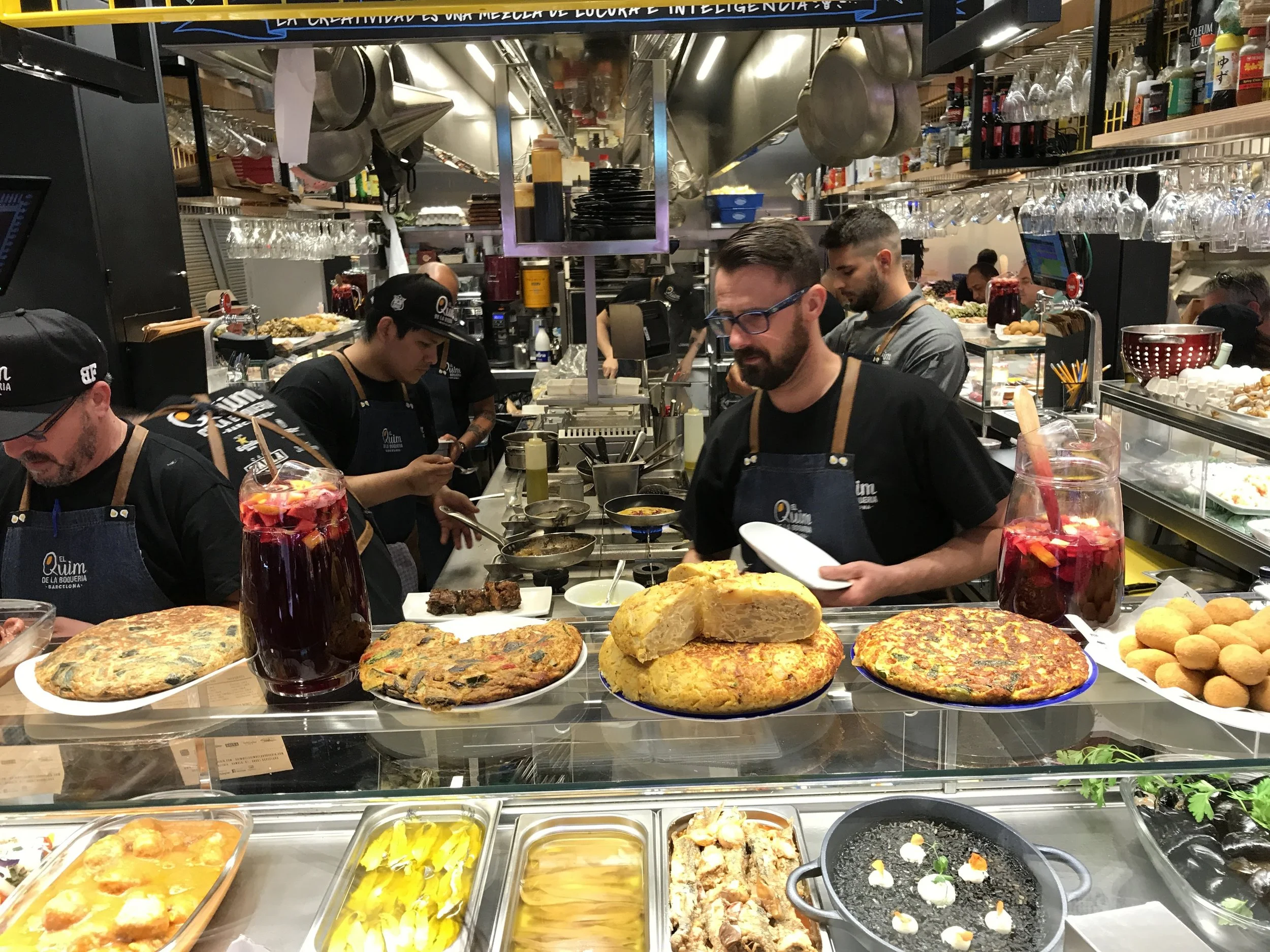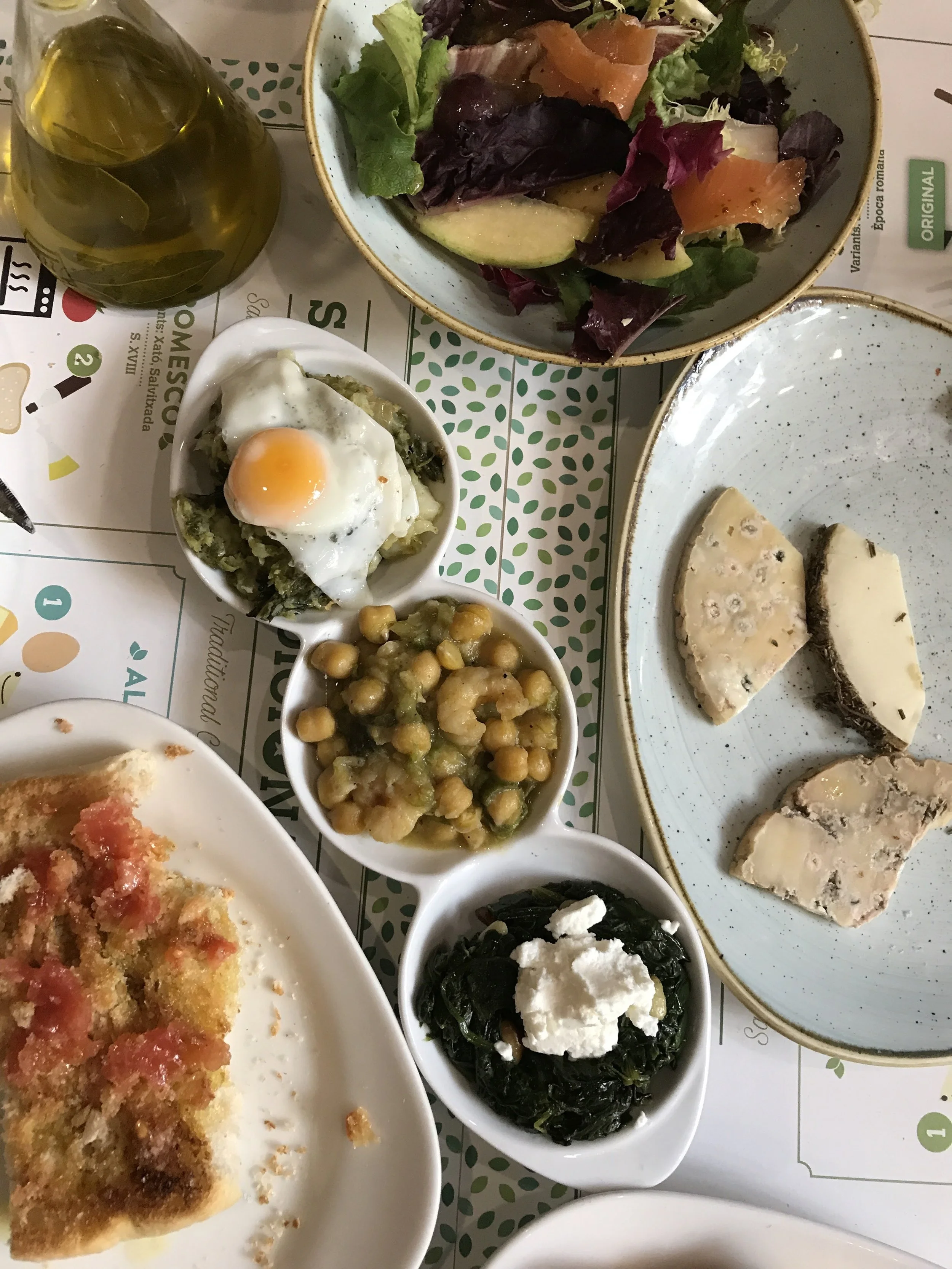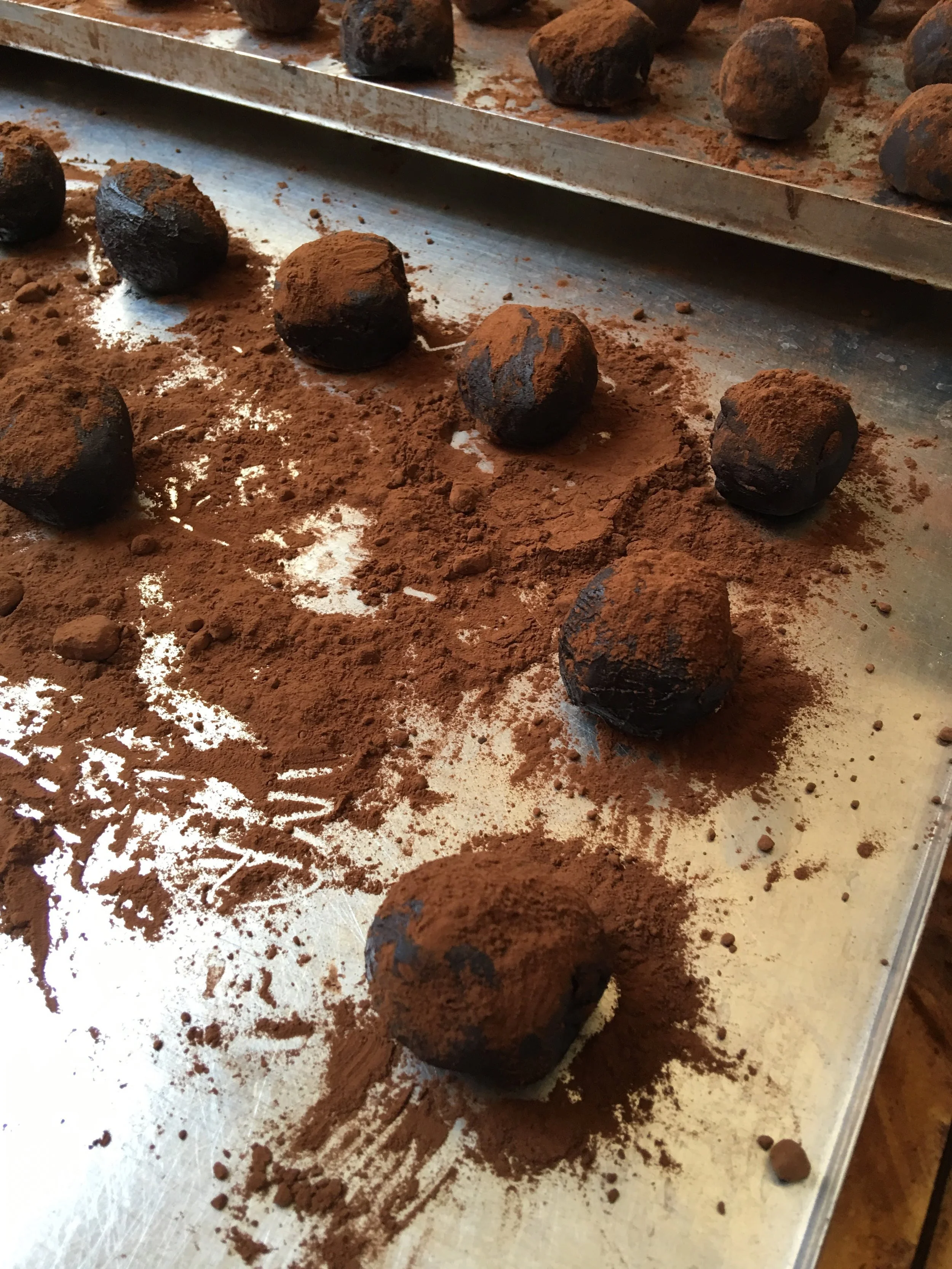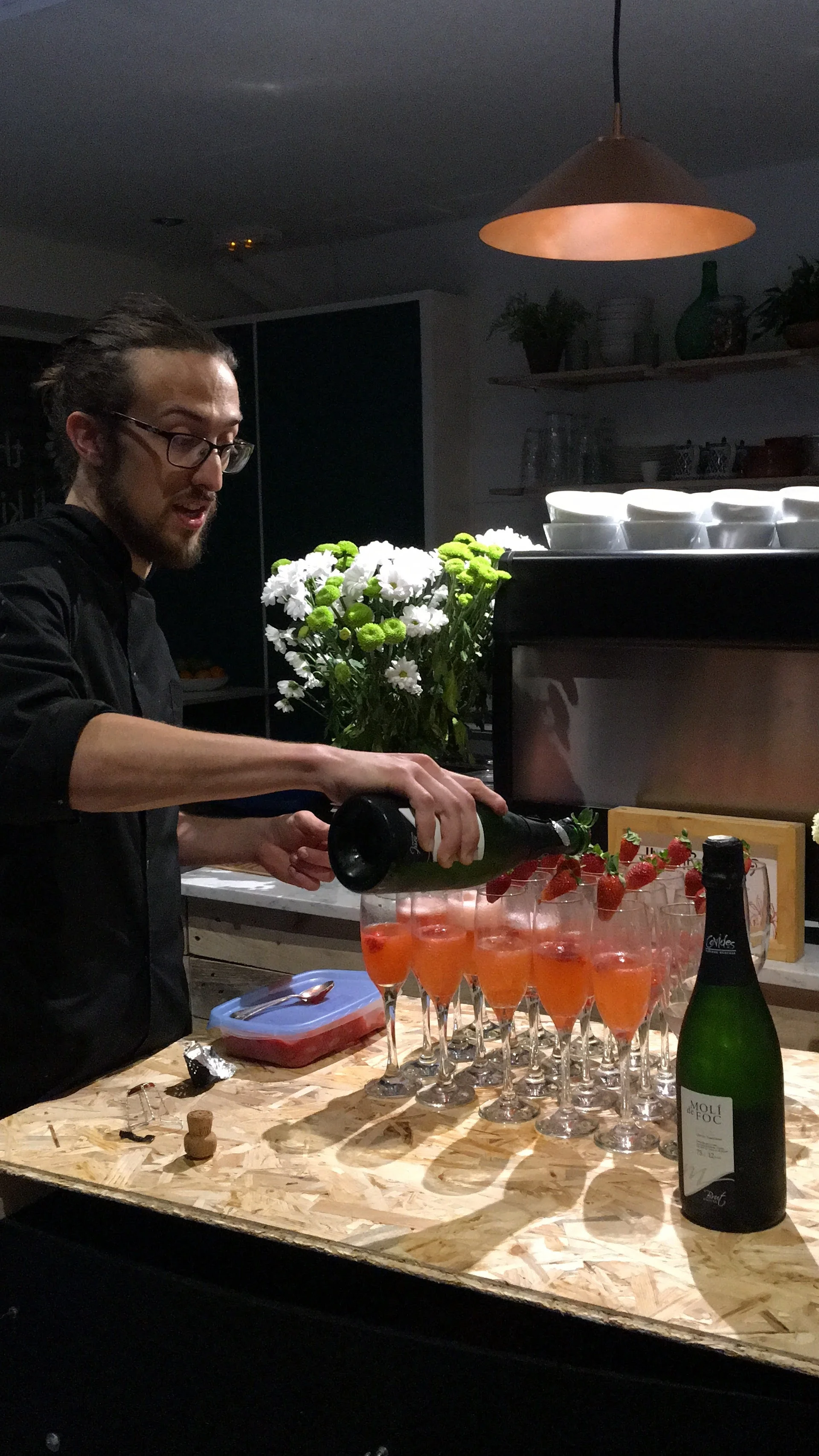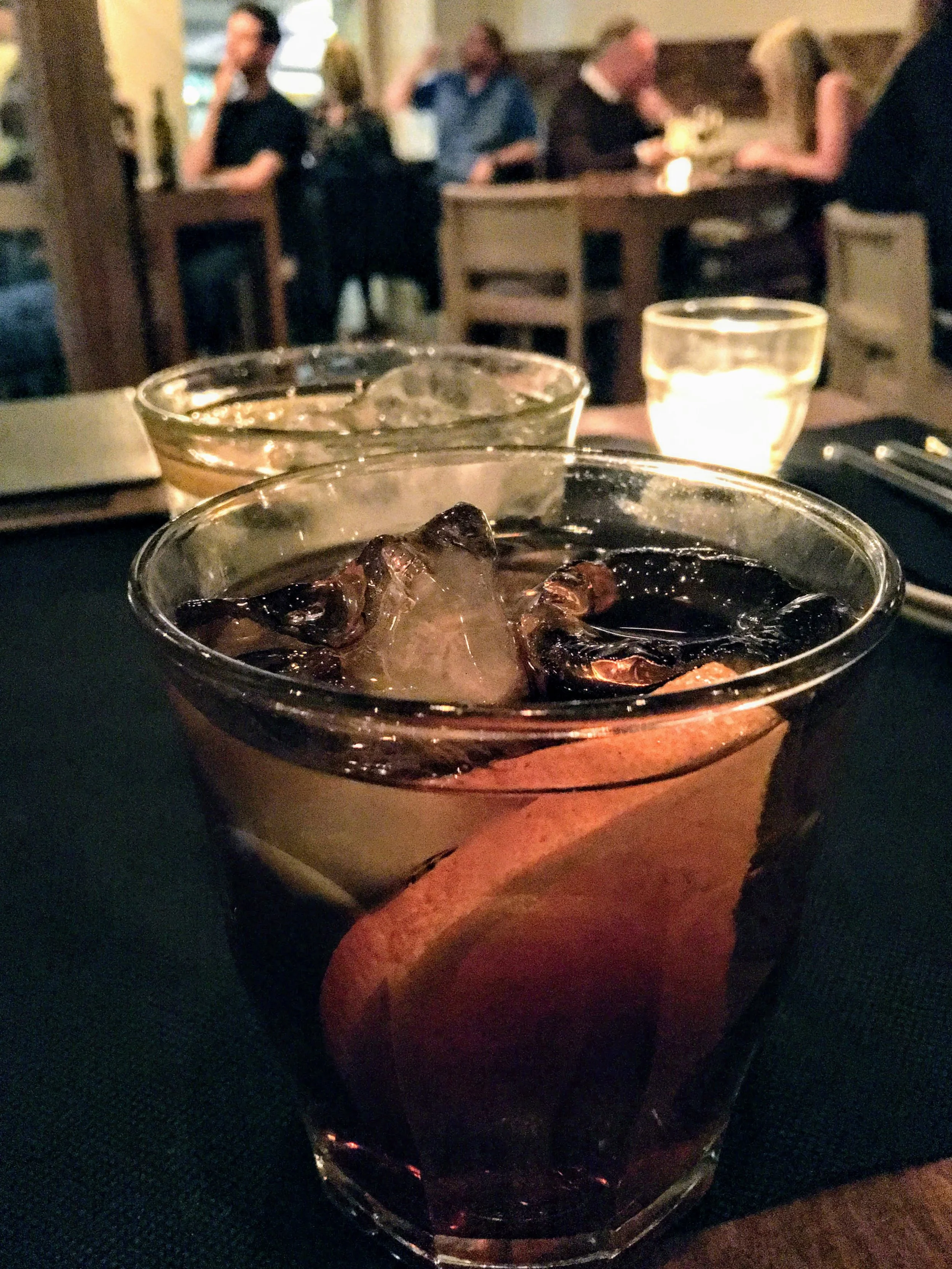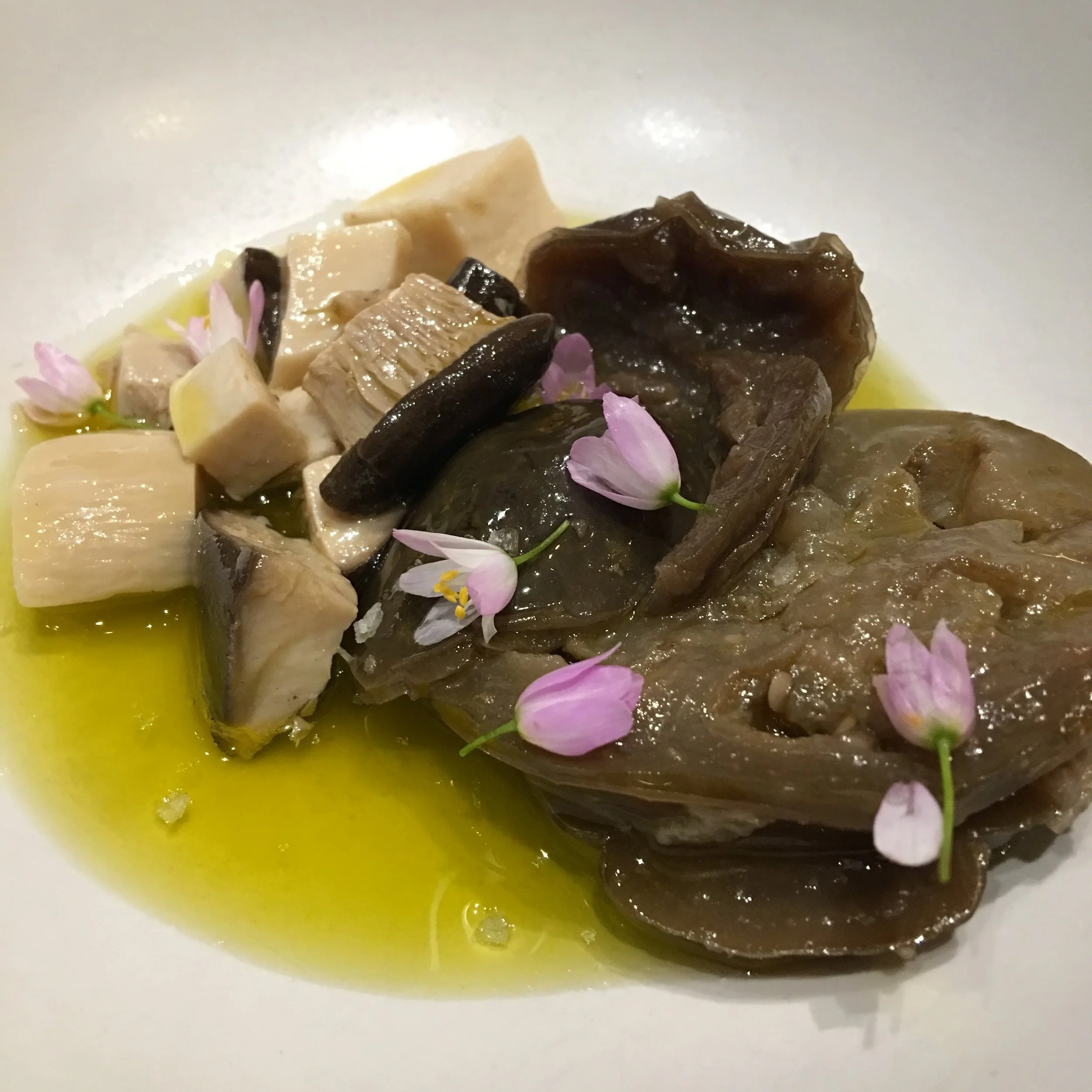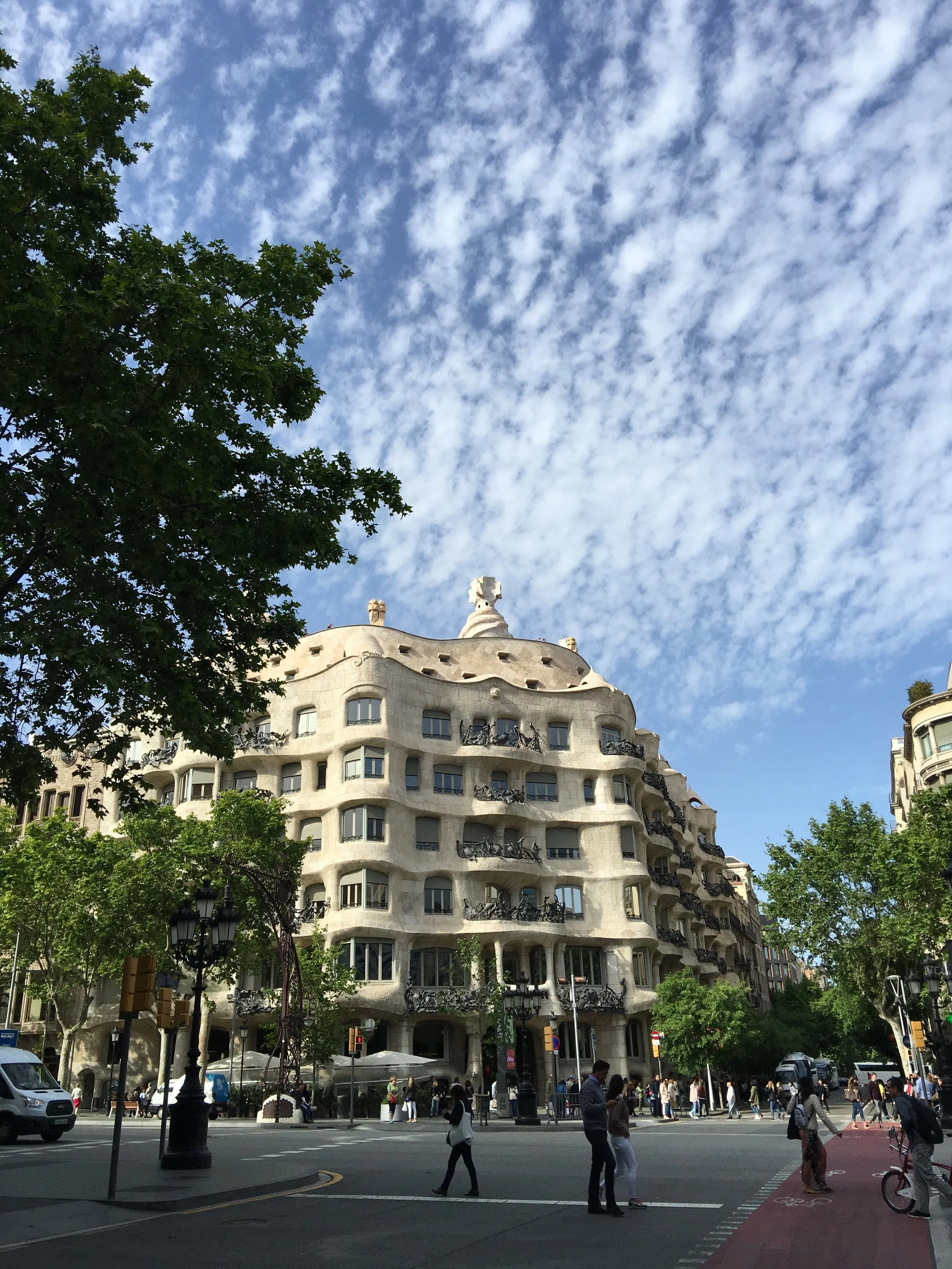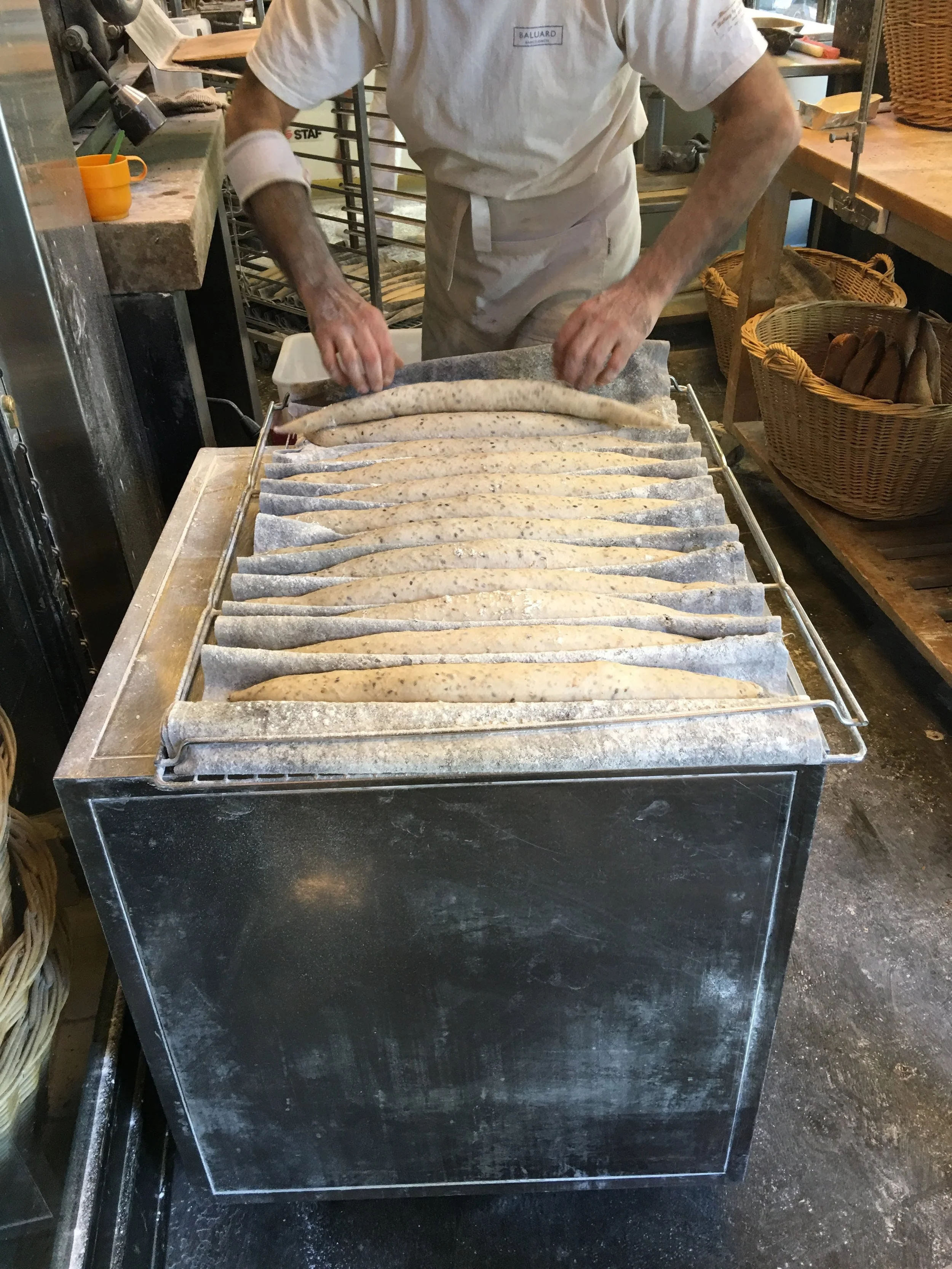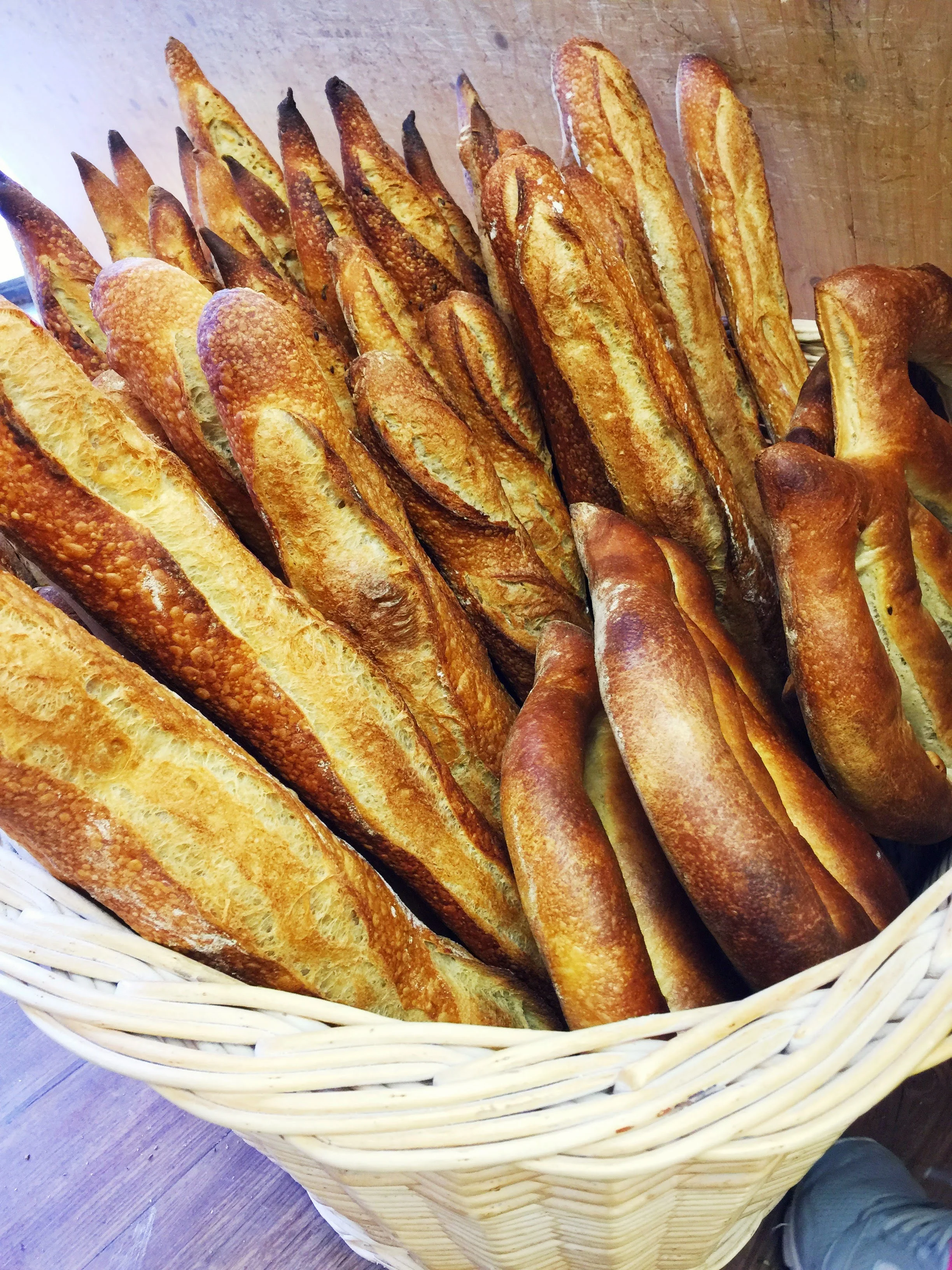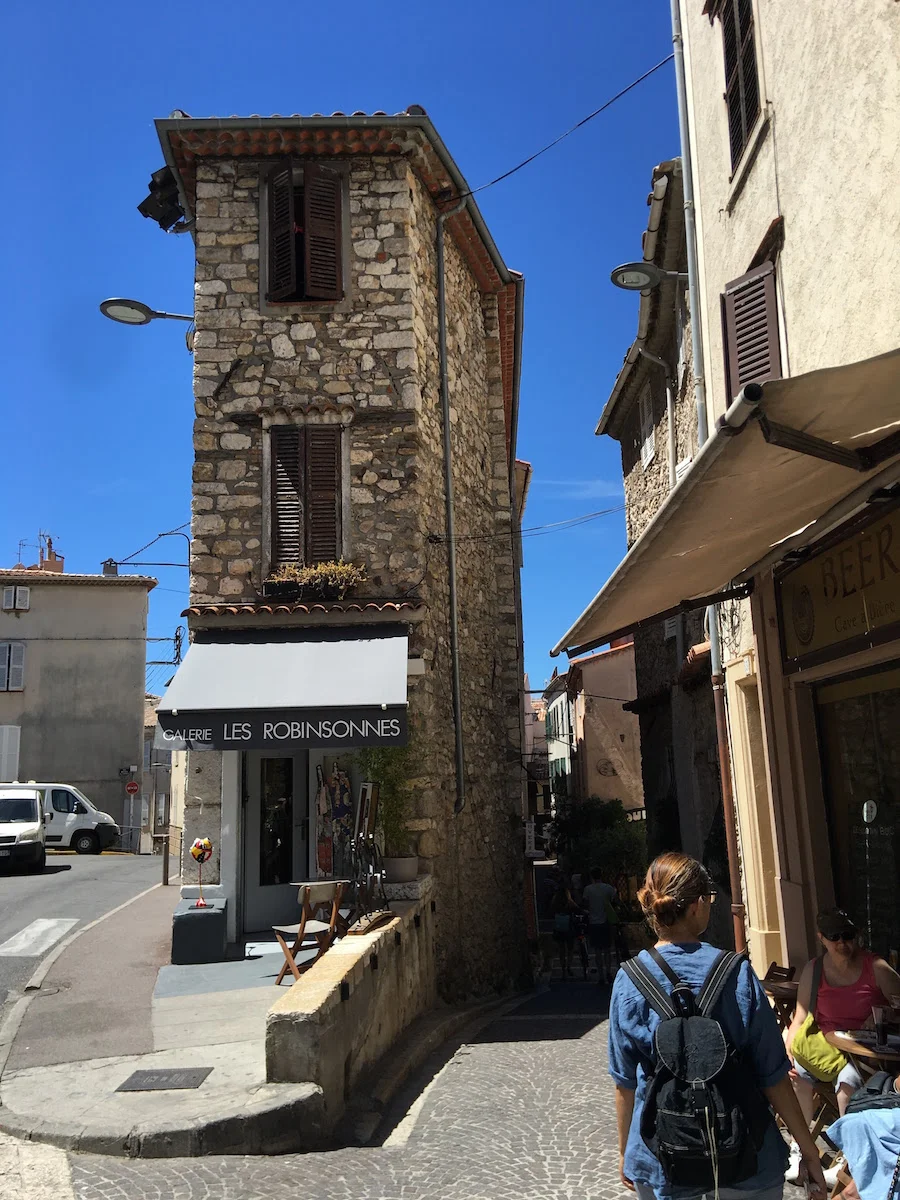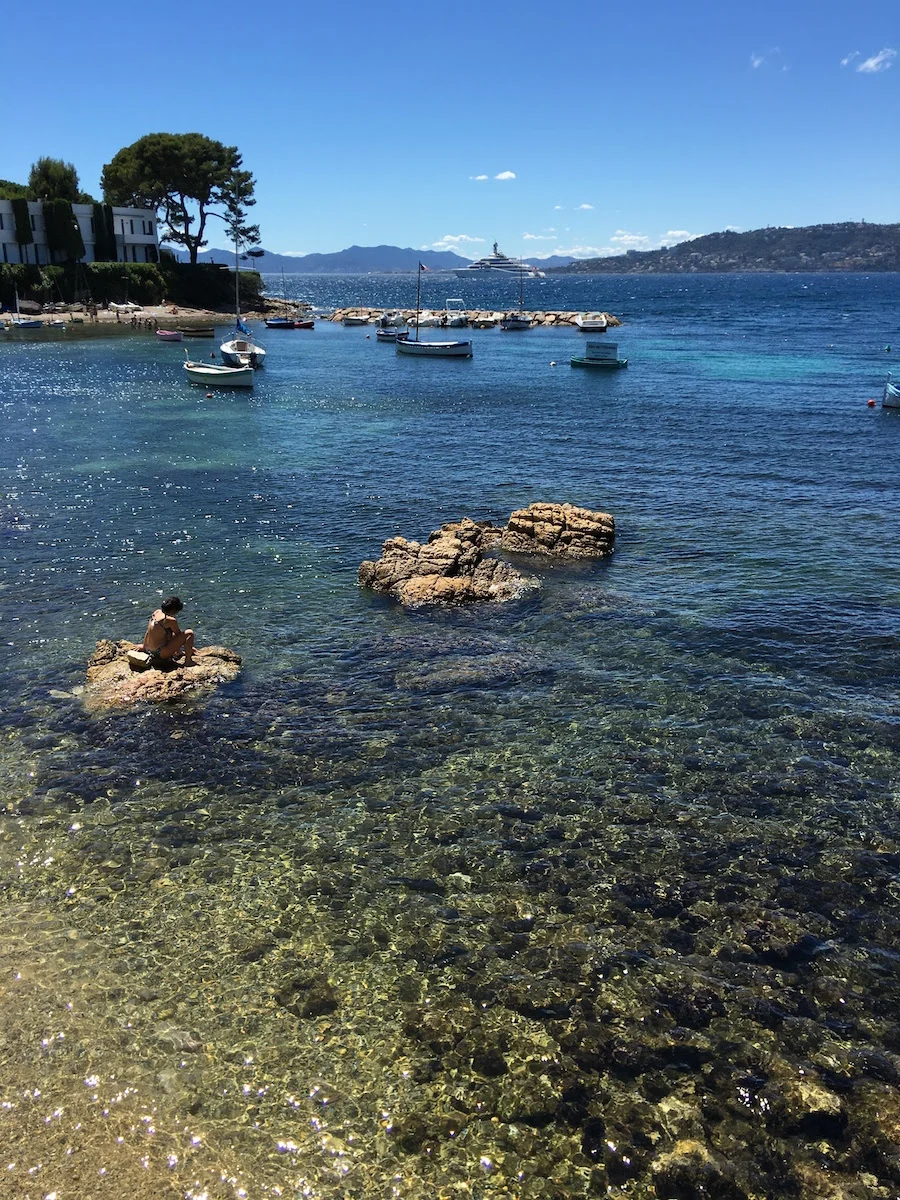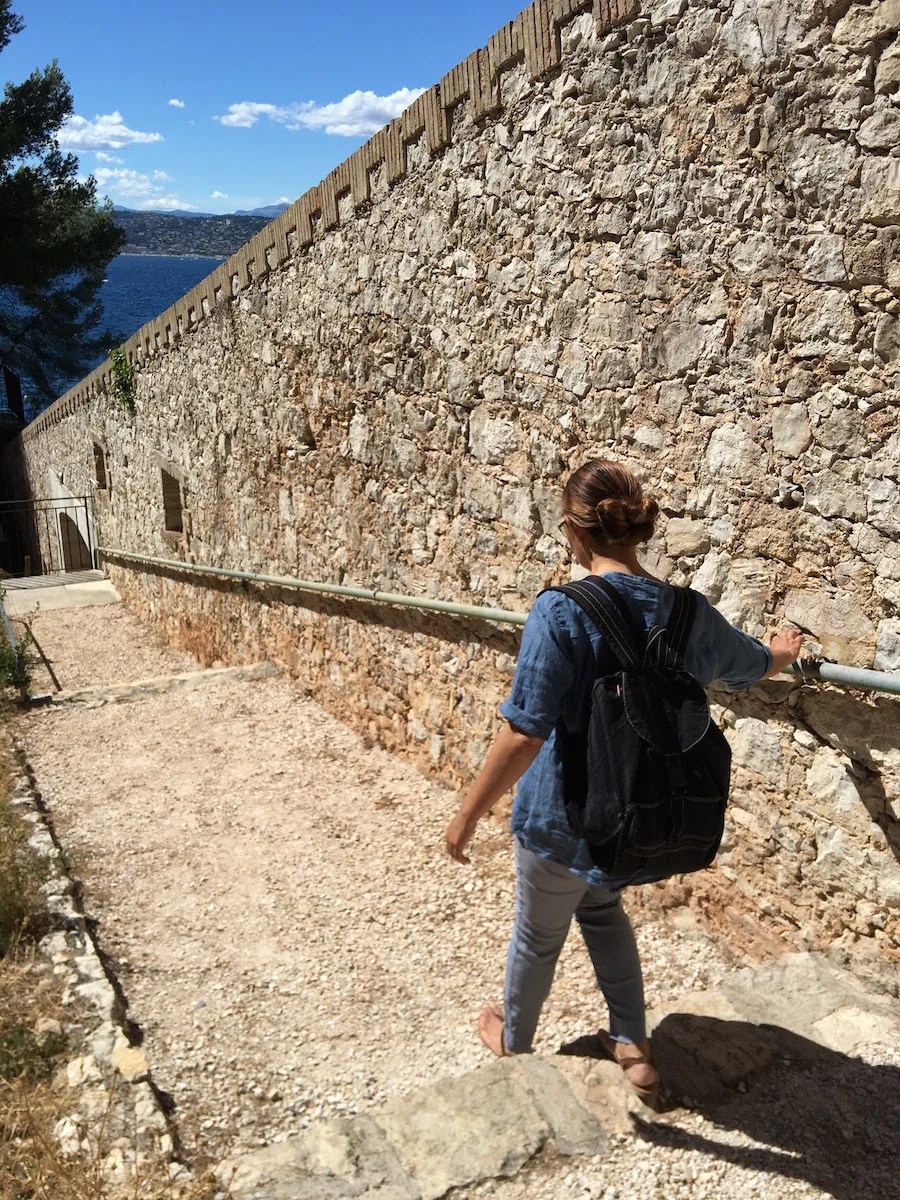A “nomad” by definition (my definition) is someone who can travel while working.
That means anything from taking a three-week vacation (while only getting two weeks off) all the way to full-time travel.
The trick isn’t the travel, but the work.
Nomads don’t need special equipment, for the most part. Laptops serve as the form-factor of choice for most white-collar types, and laptops are perfectly nice computers for working while traveling.
Special equipment may include (depending on how you travel and where you go) outlet converters and additional protection, including water coverage, for your gear.
Two additional considerations: 1) stealth; and 2) efficiency.
Carrying your fancy first-world problems (your pricey laptop, expensive smartphone and other shiny objects) to less-than-fancy districts is probably a bad idea. So for some types of travel I recommend camouflaging gadgets.
Apple products are particularly identifiable as high resale-value objects that, as such, are attractive to crooks.
You’ll want to hide that Apple logo.
Also, I’ve found it enormously helpful to make my work situation highly efficient.
It takes a long time to boot a laptop, find the password for and log in to a WiFi network, then struggle with slow WiFi. It’s time-consuming to manage files across multiple devices. It's inefficient to find oneself unable to work offline. And if you’re a heavy keyboard user, as I am, a less than perfect keyboard can really slow things down.
Another bonus for efficiency is the ability to capture ideas and get incoming notifications on the fly, even if your hands are full or while you’re walking around.
I’ve been working to solve all these problems for myself (your mileage — a.k.a., your “computing” requirements — may vary).
The result is my new setup. Let me explain what I’m doing, then why.
The centerpiece of my work is a 10.5-inch iPad Pro maxed out on storage (512 GB). It’s got a SIM card in it. It’s not a duplicate SIM — I removed the SIM from my phone and I’m using it in the iPad. When abroad, I get a local pre-paid SIM for data, and use it in the iPad, not the iPhone.
My iPad is protected by a Pad & Quill Contega Linen case.
I have an Apple Pencil and AirPods.
And the pièce de résistance, my keyboard, is an Apple Wireless Magic Keyboard. The keyboard travels in a case specifically made for that keyboard by Hermitshell. Happily, that case also has just enough room for the Apple Pencil.
All this goes into a tiny, nondescript backpack I carry around. Or, I carry the iPad (in its case) and the keyboard (in its case) together in my hand. When I carry it, the iPad looks like a paper notebook. And the keyboard case doesn’t look like anything interesting. The AirPod case goes in my pocket.
When I’m ready to work, I open the case and flip the cover around to the back, using it like a “clipboard,” usually with the Pencil. If I have a table, I open it up at an angle and break out the keyboard, then use it like a laptop.
I don’t always have to fuss around with random WiFi connections, and instead use the mobile data connection.
Walking around, I may wear one AirPod to interact with incoming calls and notifications and as a way to get random information via voice.
Meanwhile, I use my iPhone only for taking fast photos, listening to music and podcasts while trail running and a few other limited uses. It connects only via WiFi.
This setup is the ultimate nomad rig for me. It’s mobile, efficient and camouflaged. The use of an iPad as my main computer is heavily improved by the beta of iOS 11 I’m running. (I am, of course, looking forward to more stable future versions.)
Your perfect set of gear may be different. But when you’re living nomadically, it’s a great idea to optimize for mobility, speed and stealth.


















